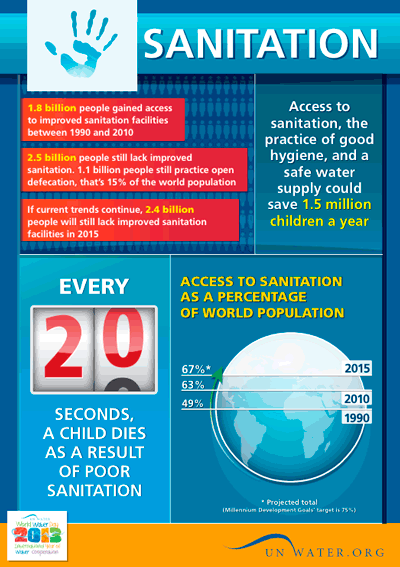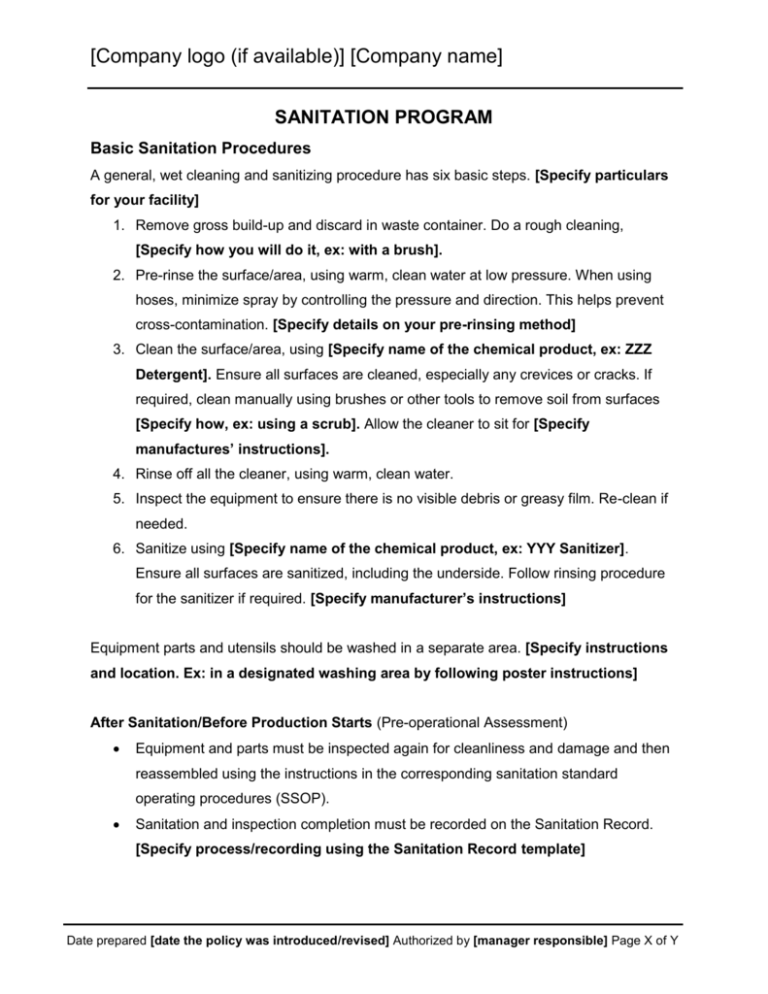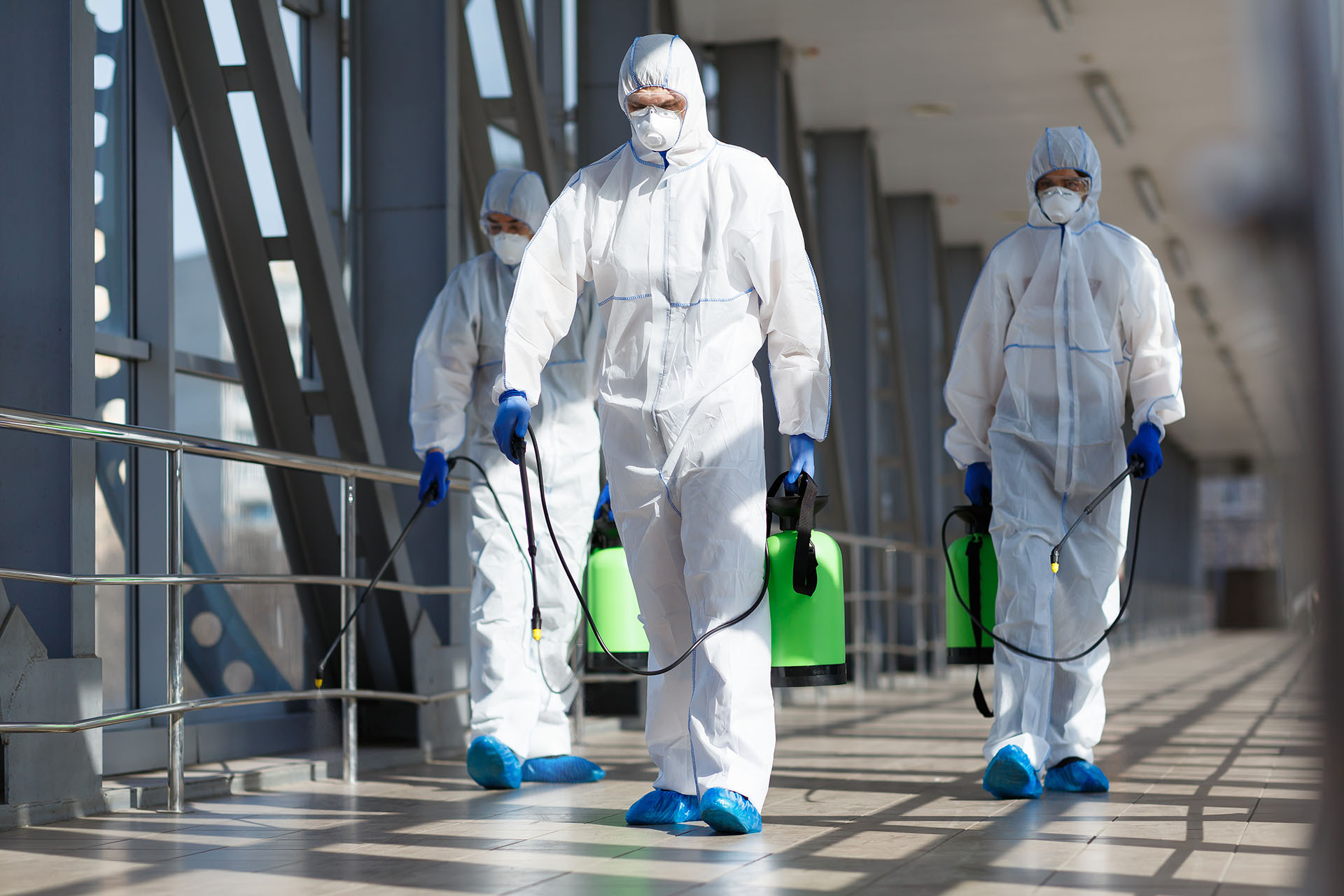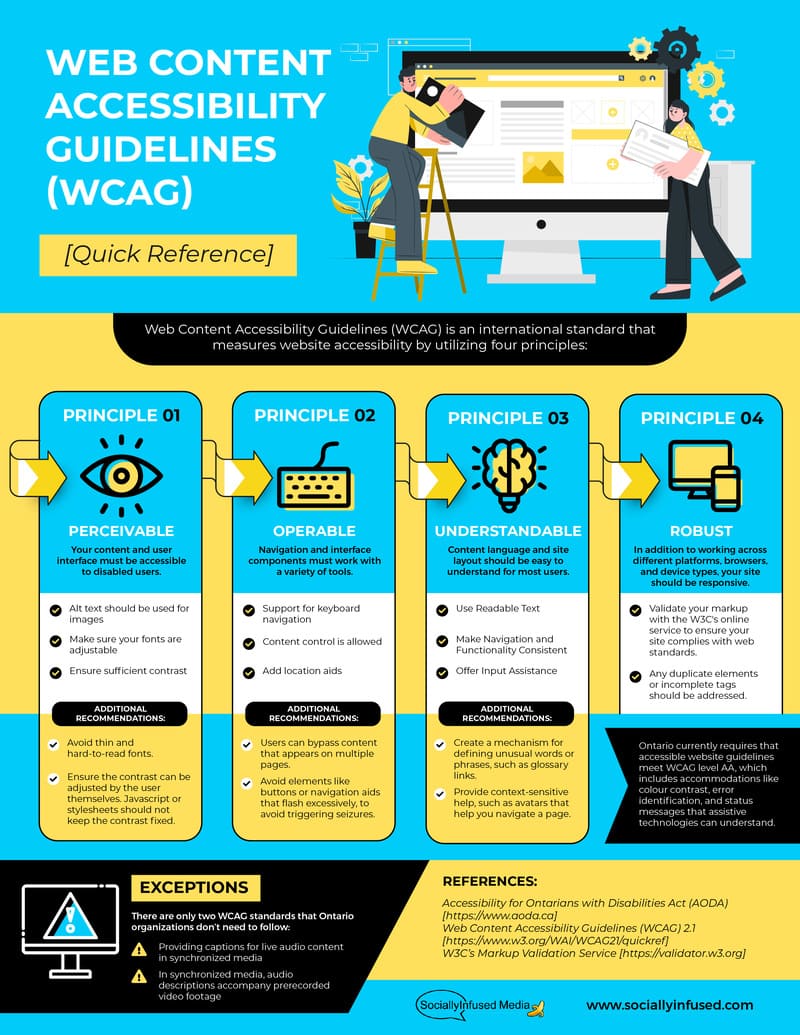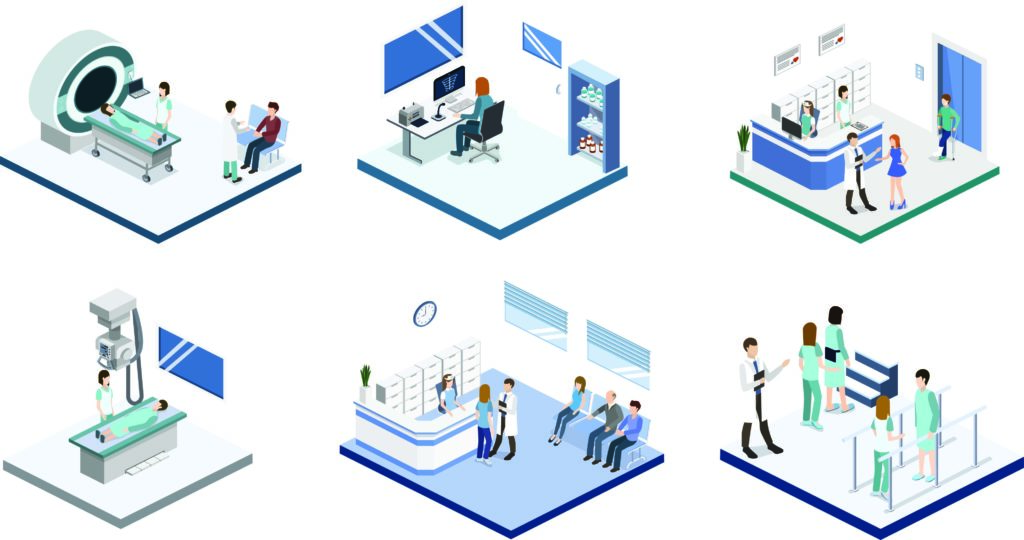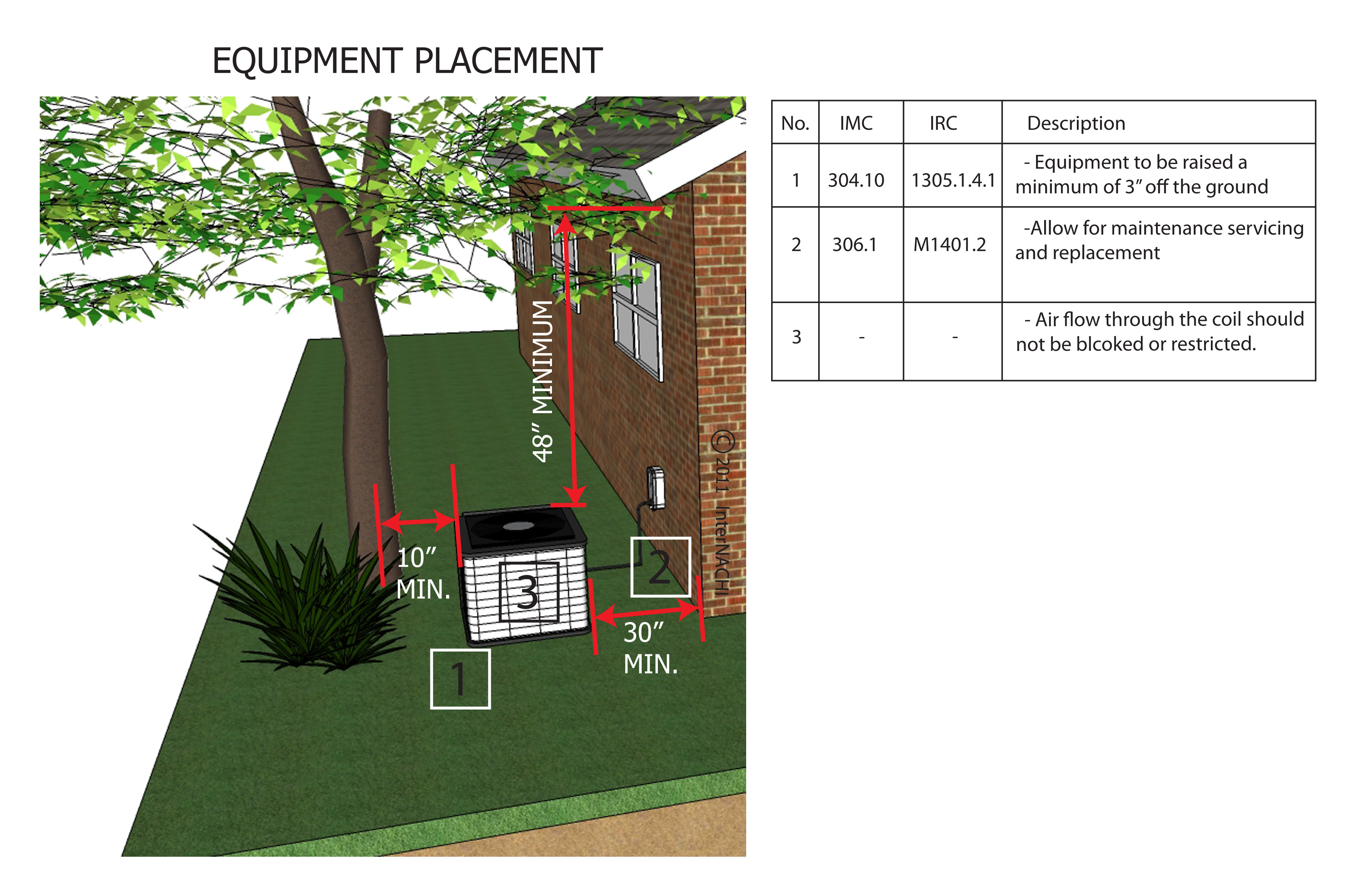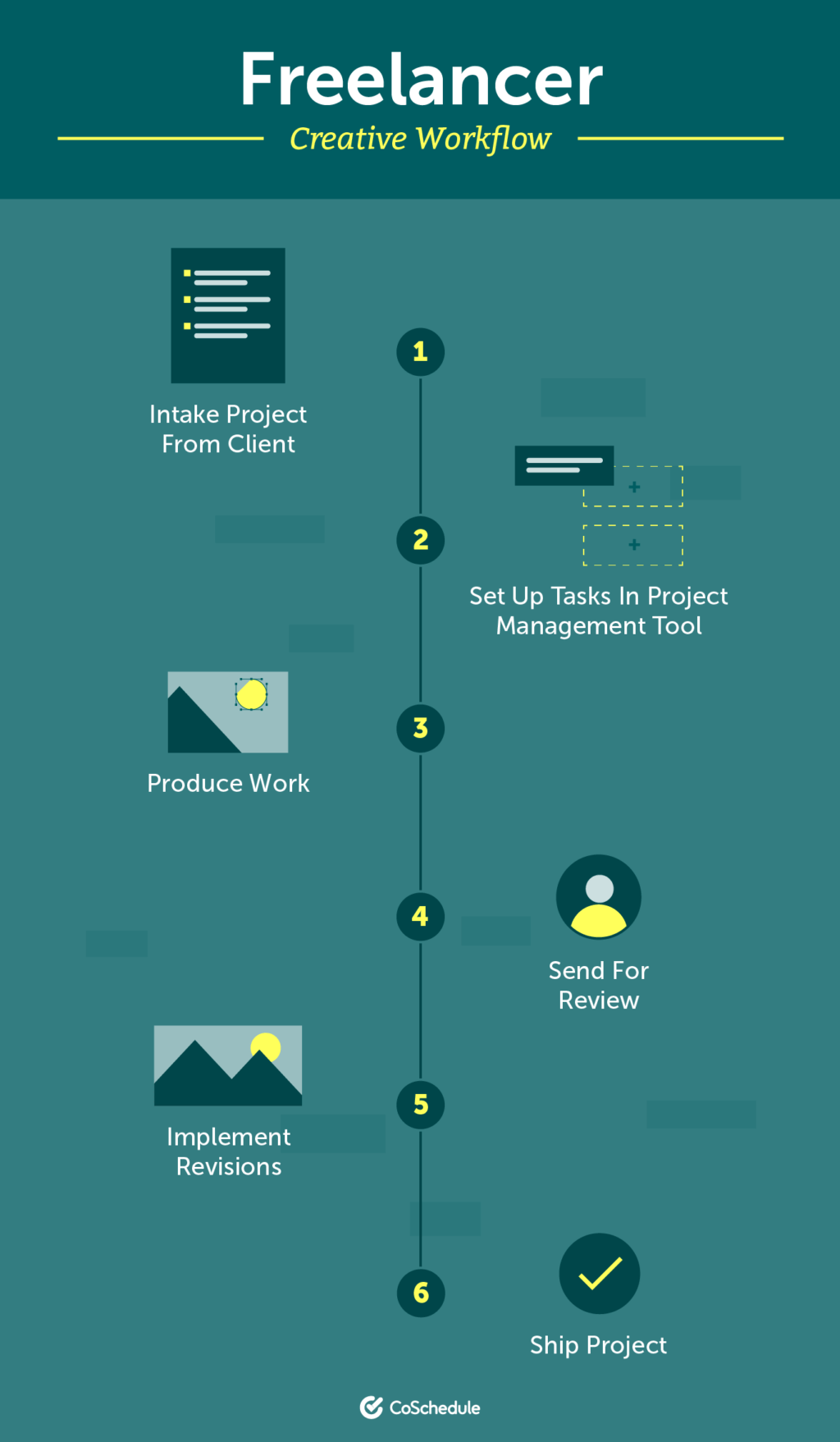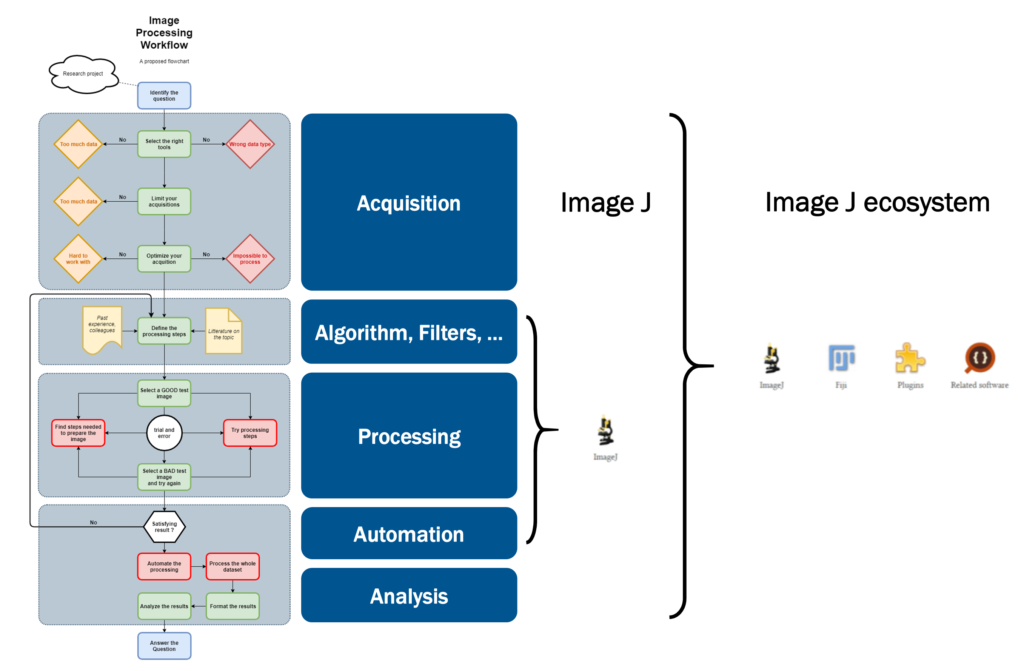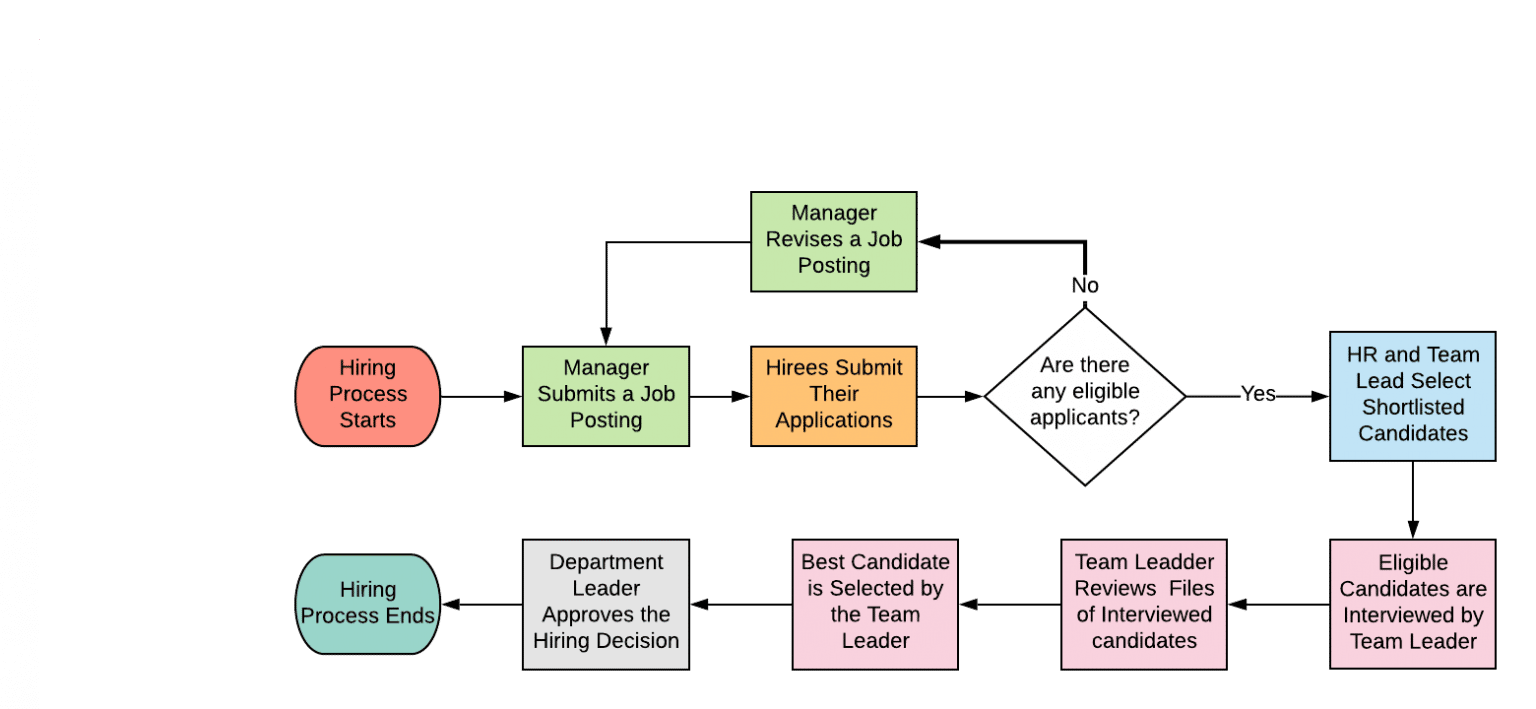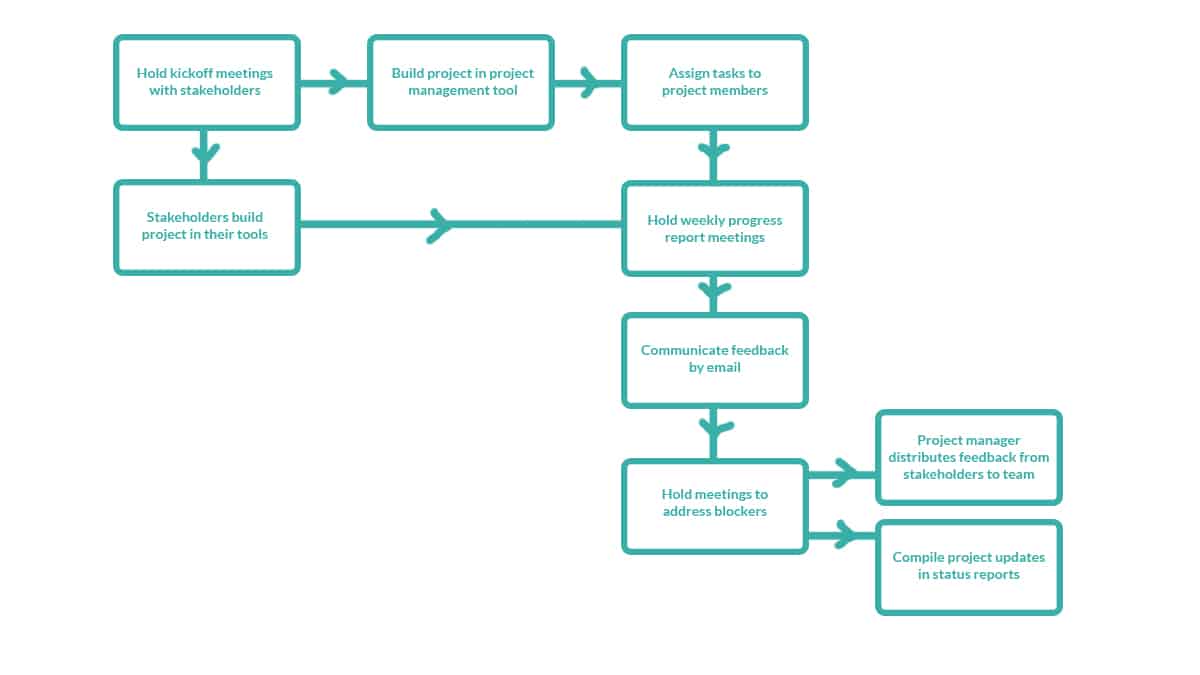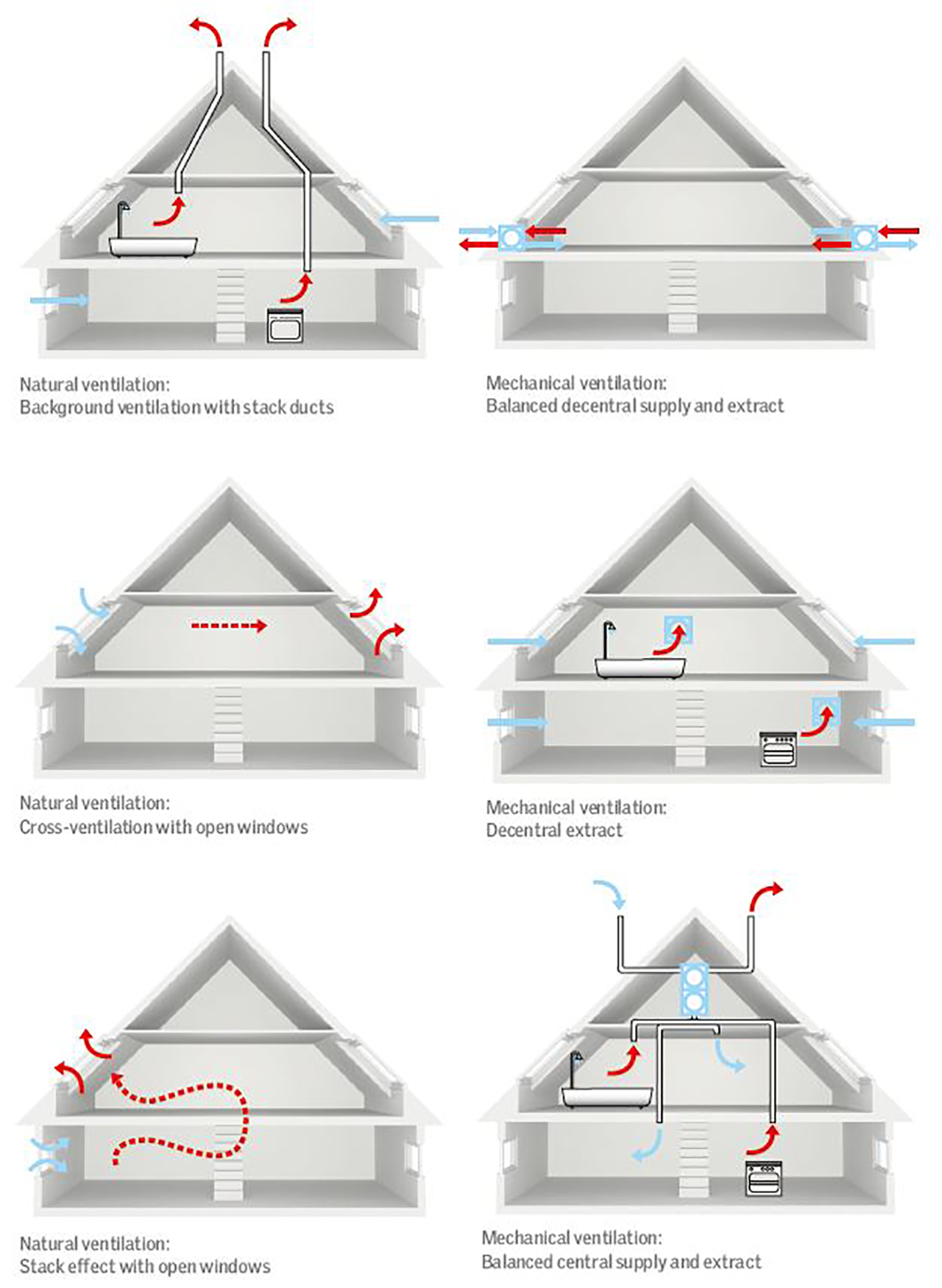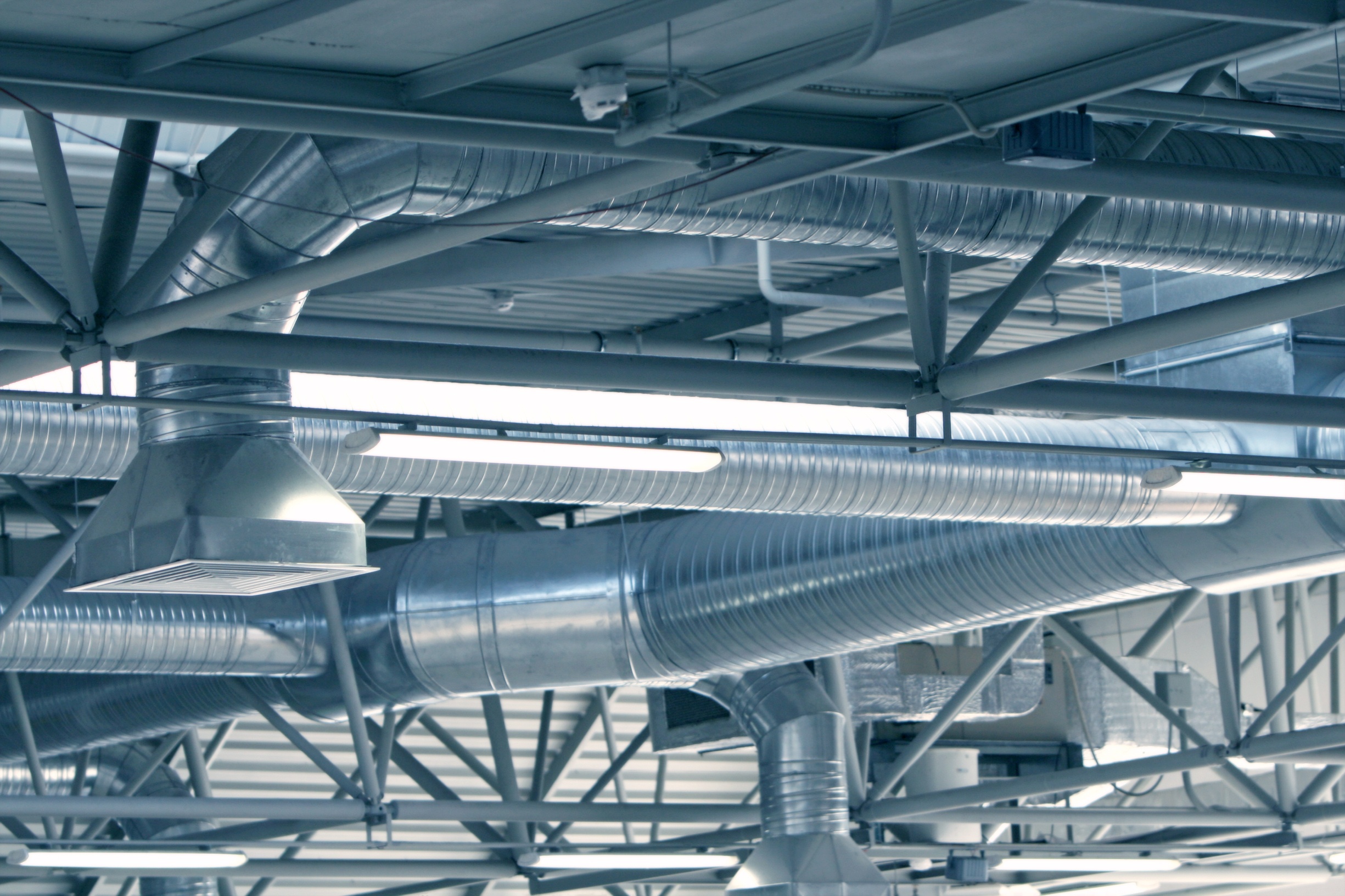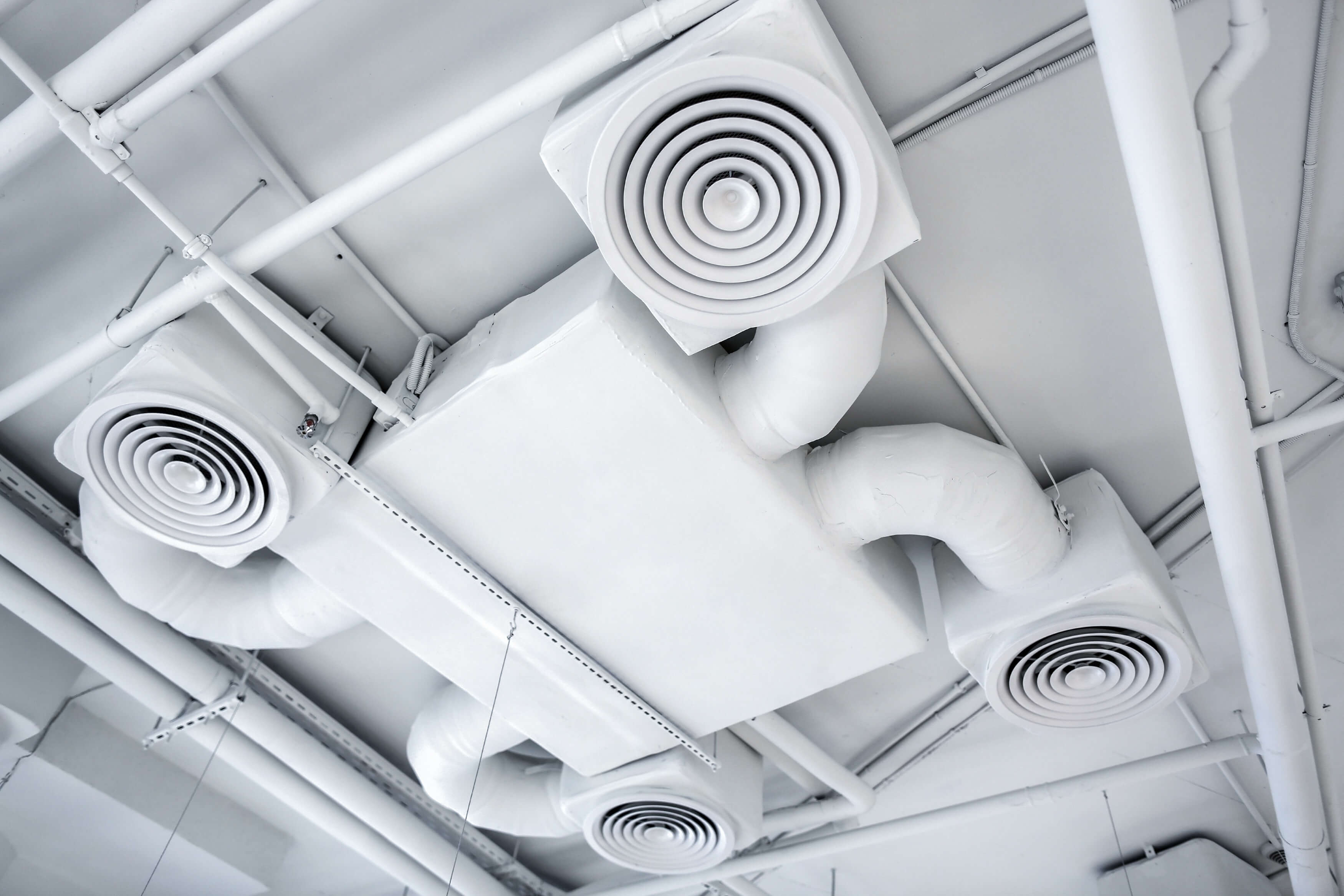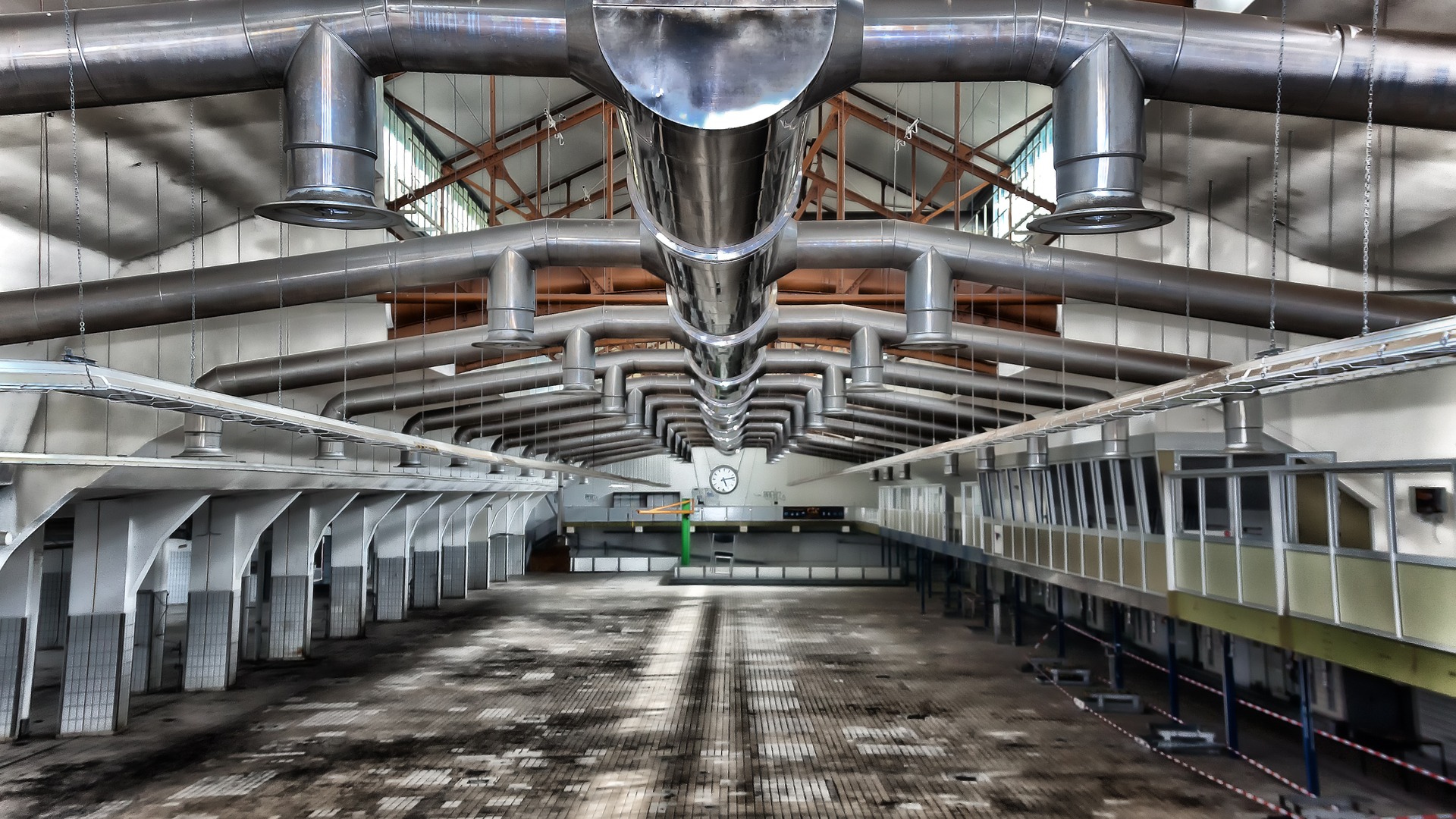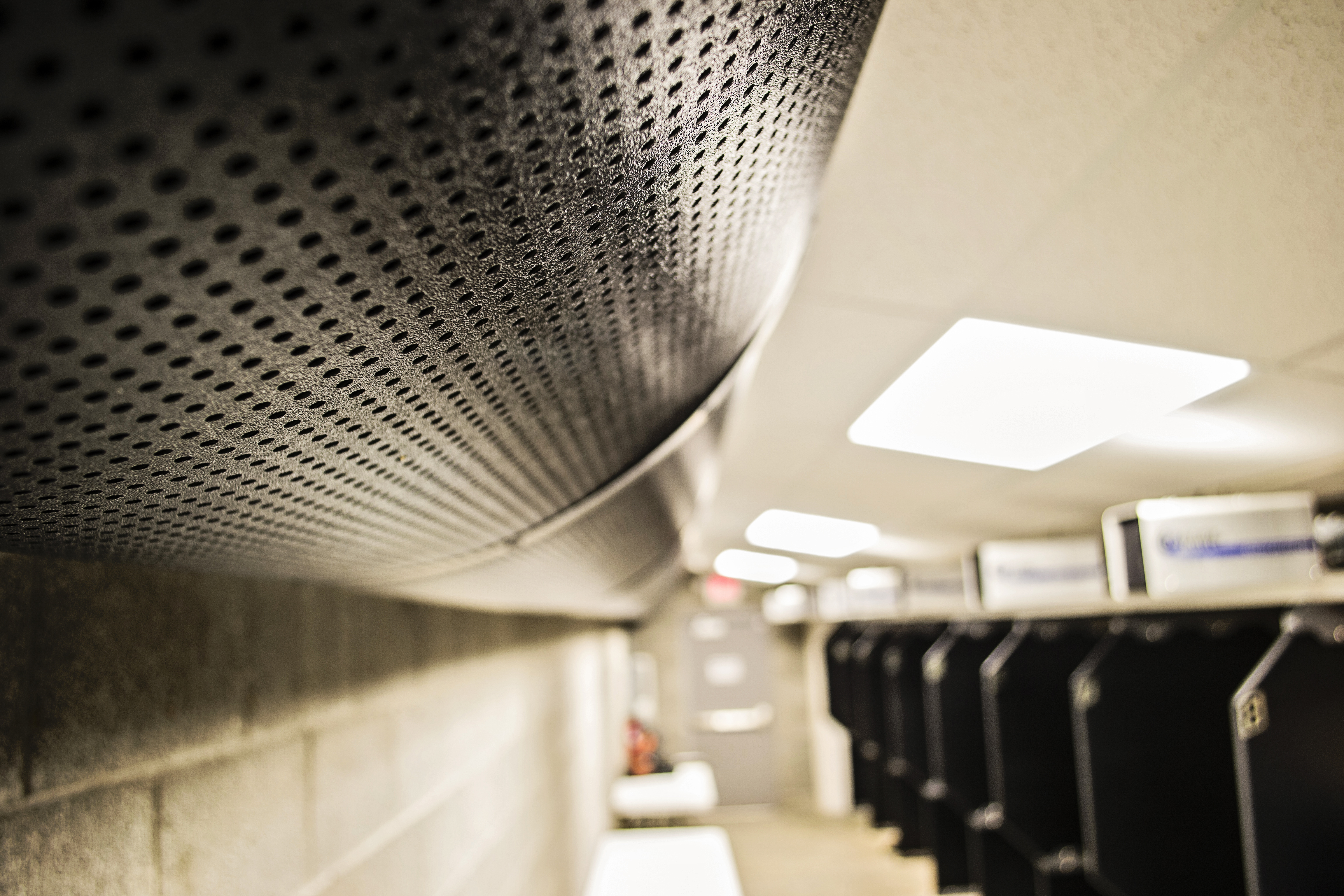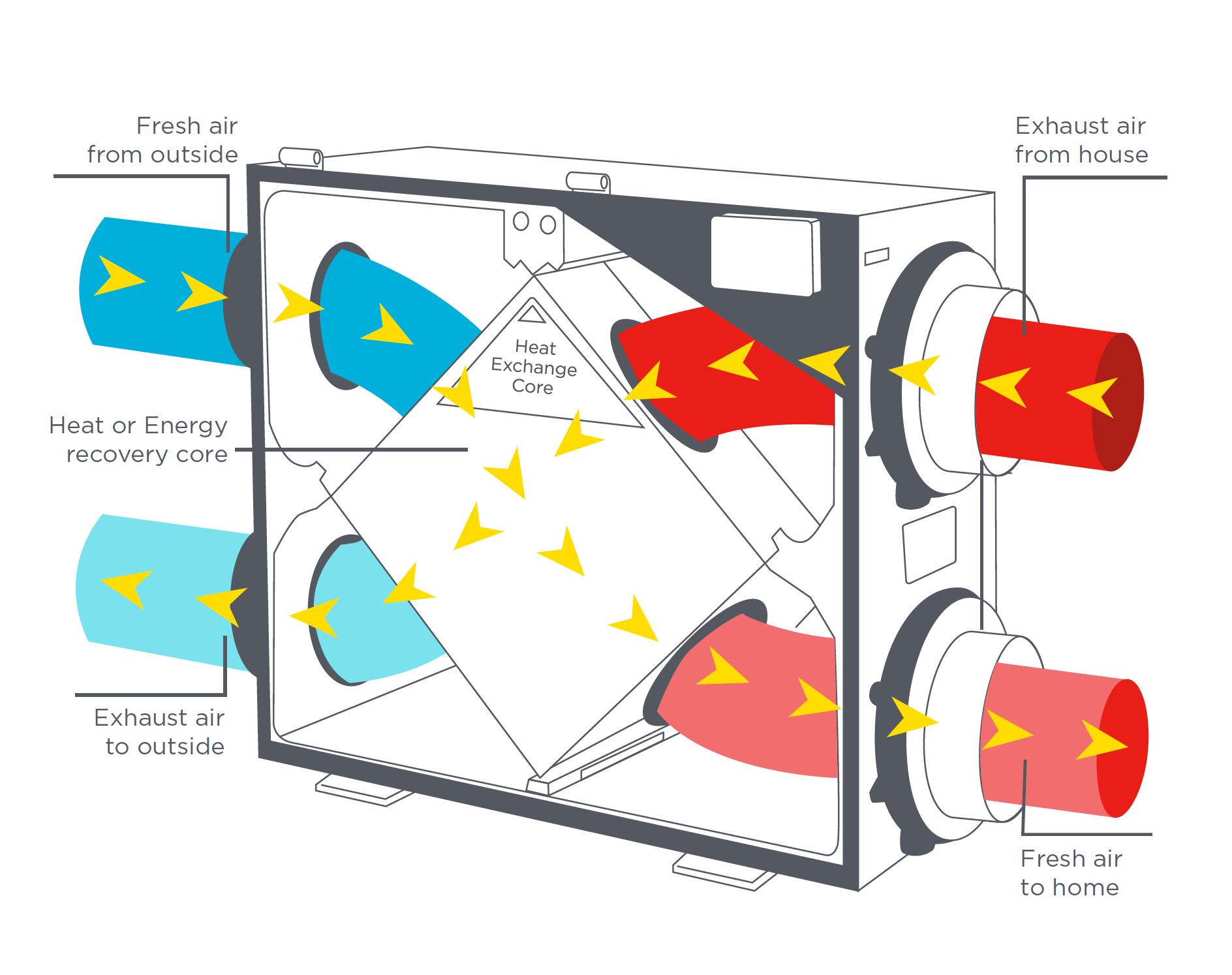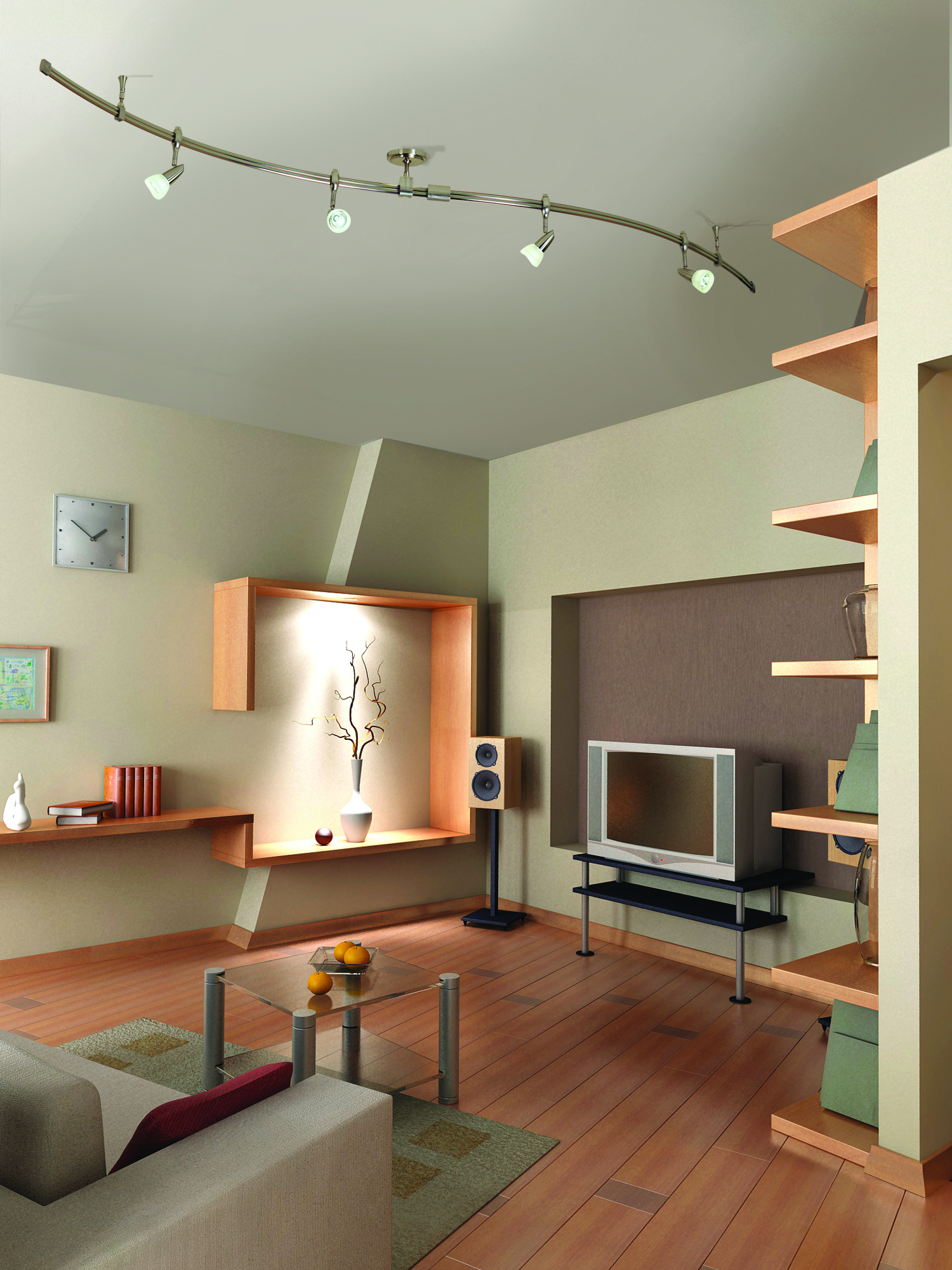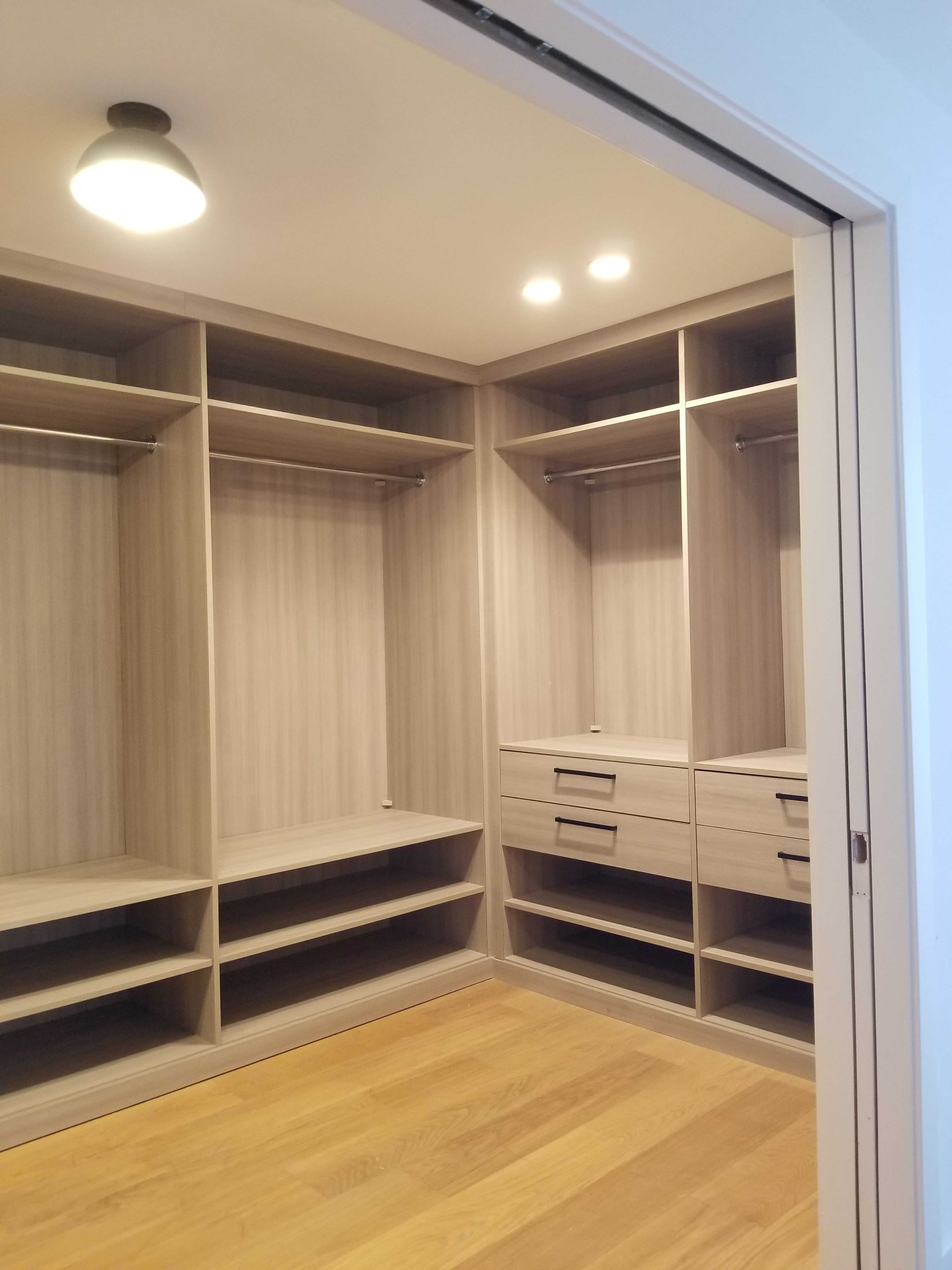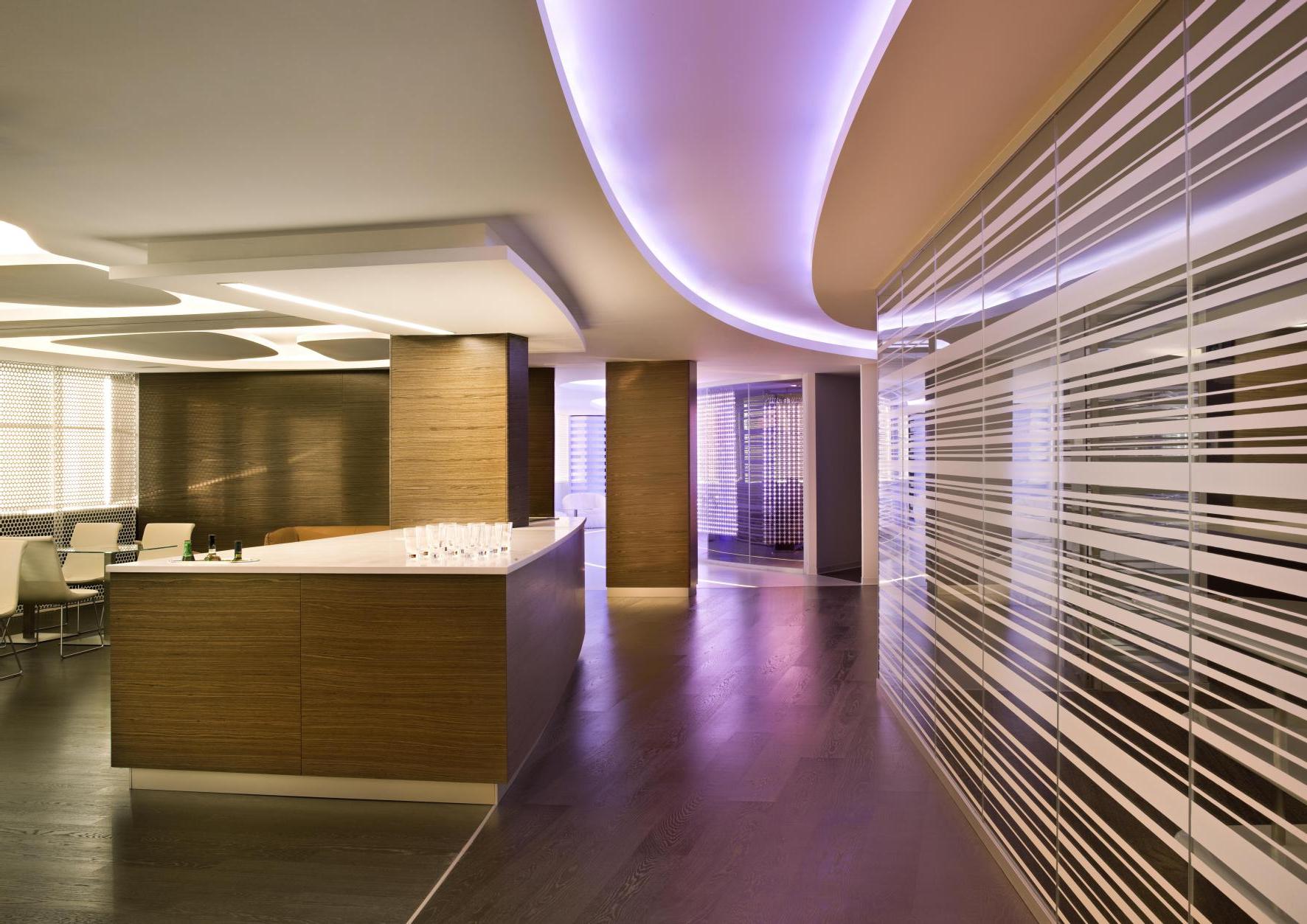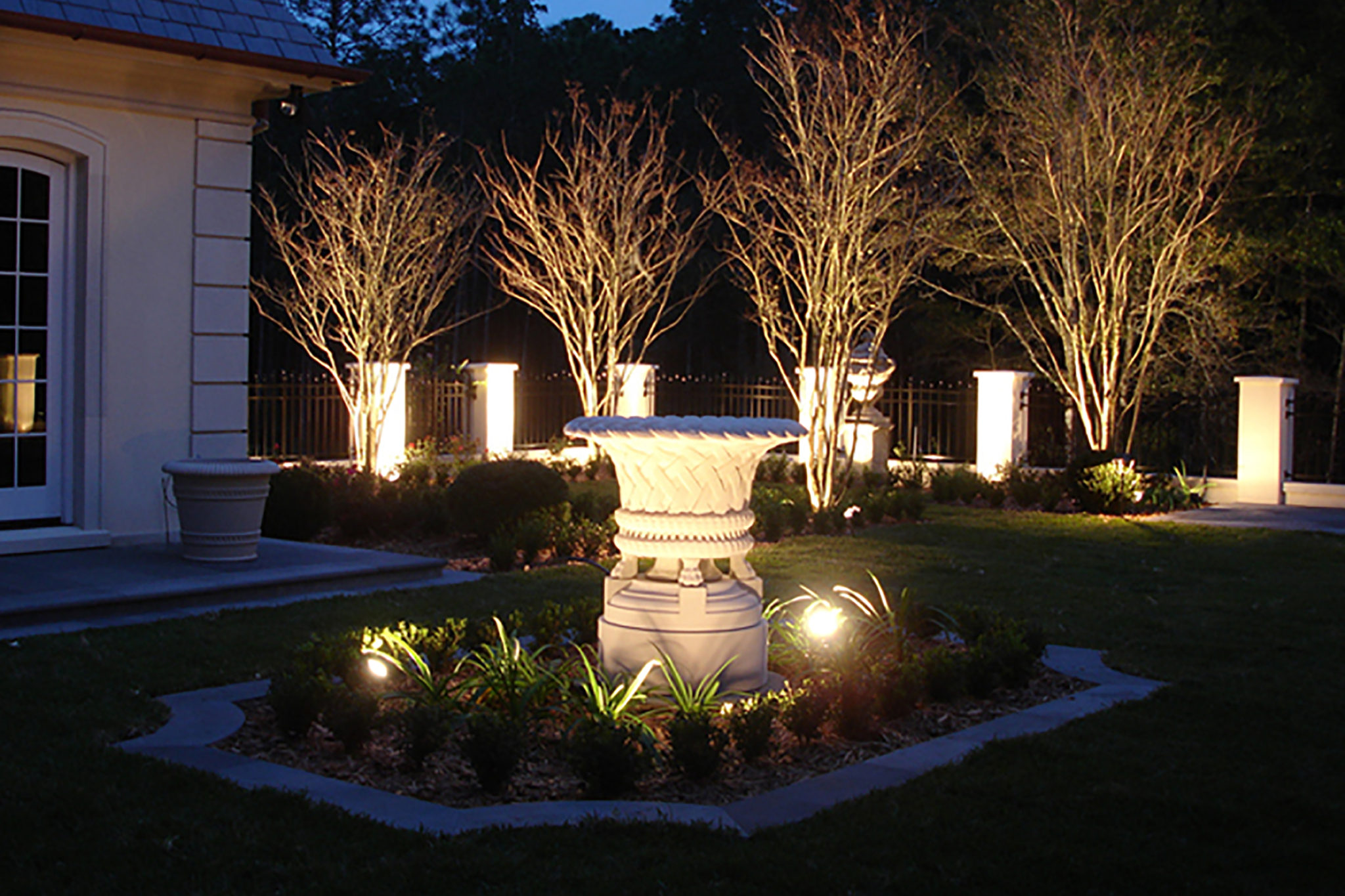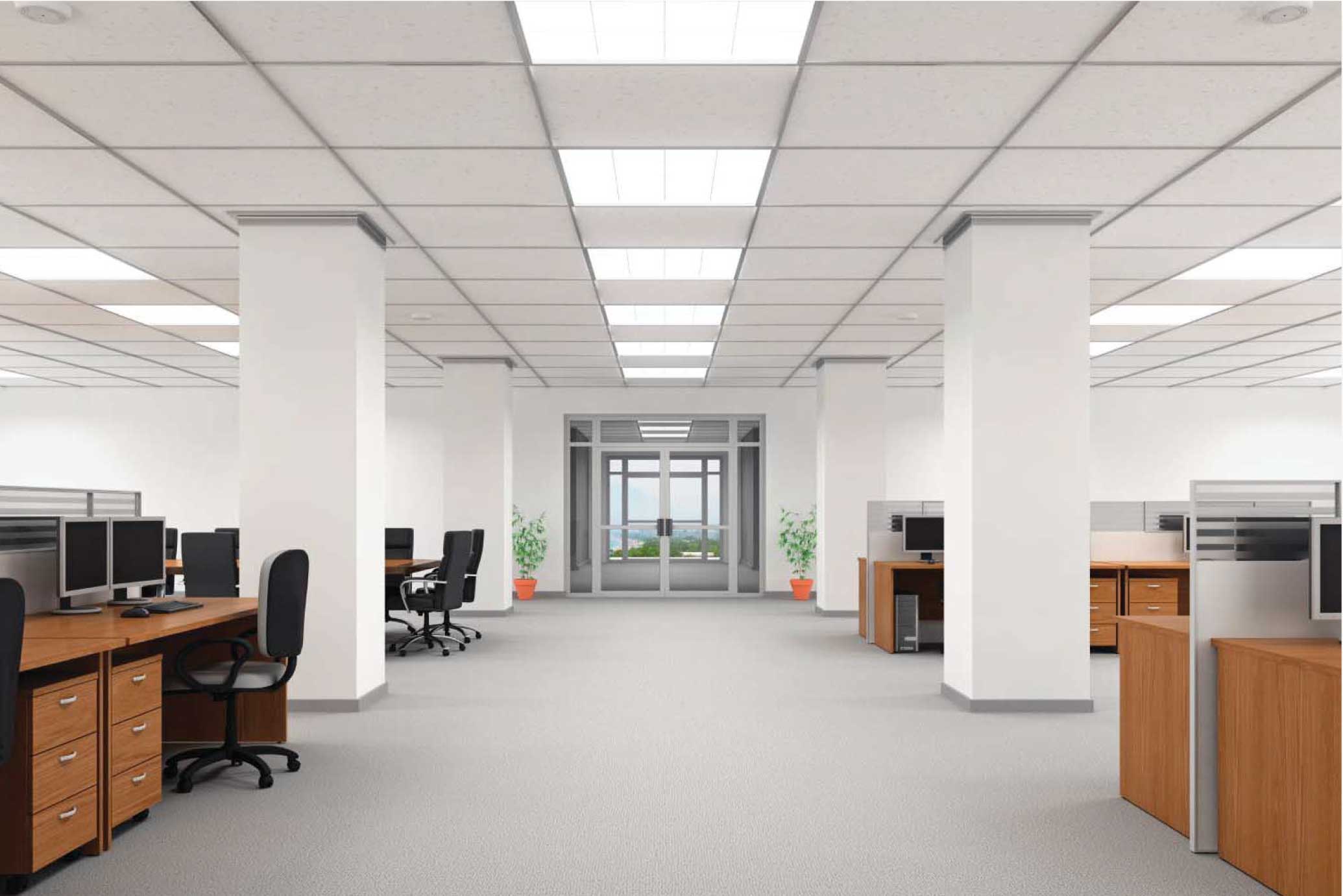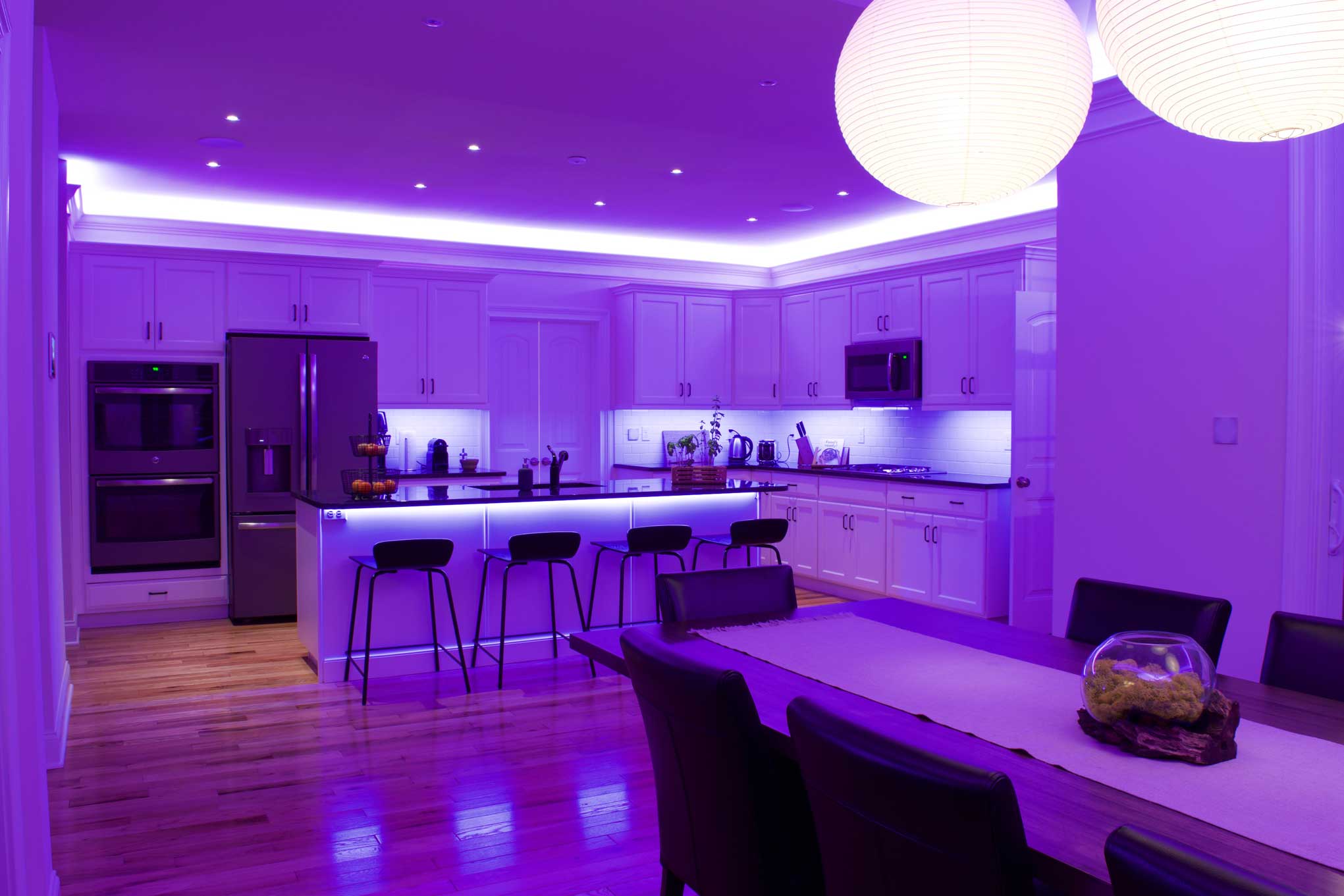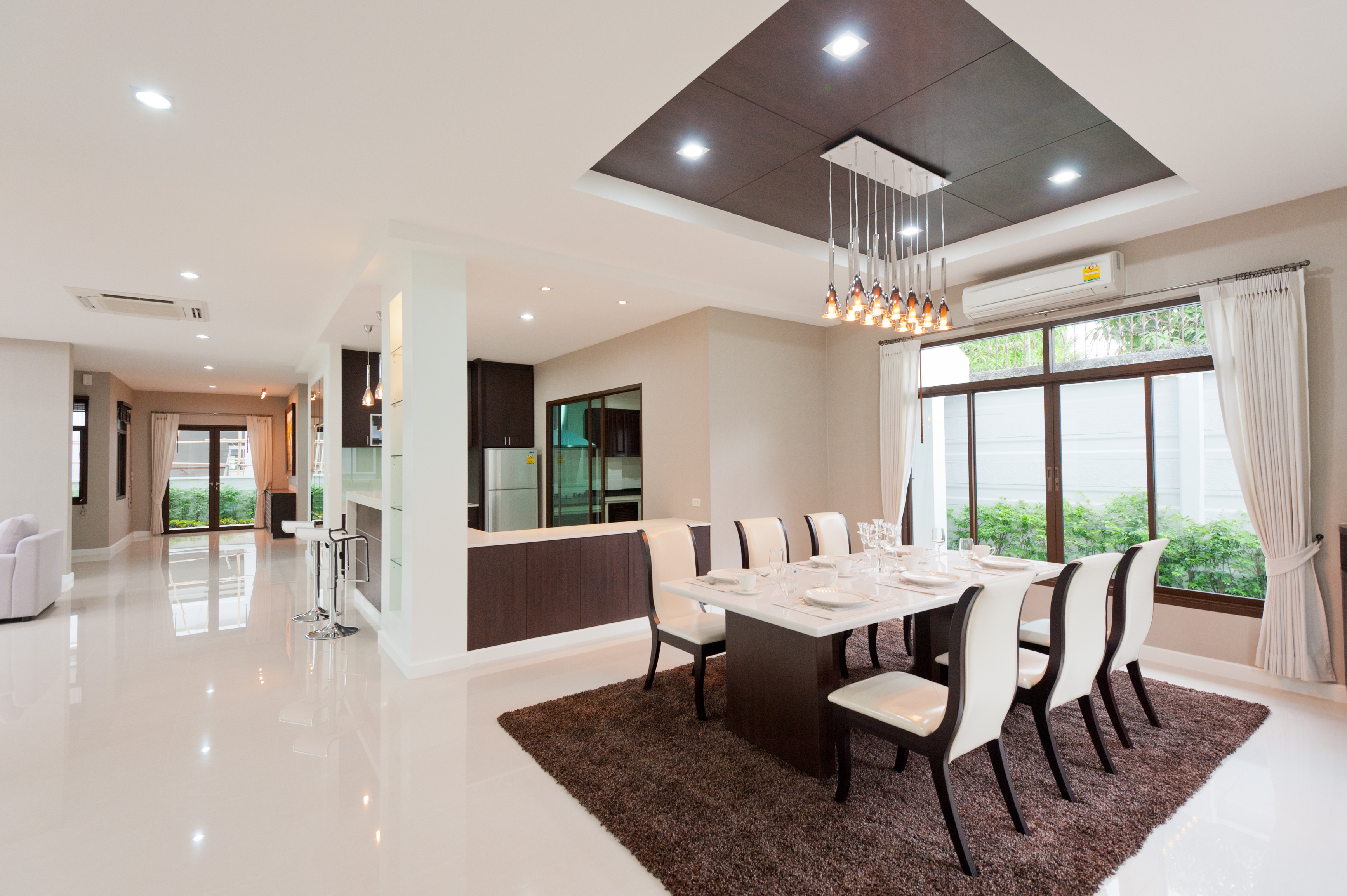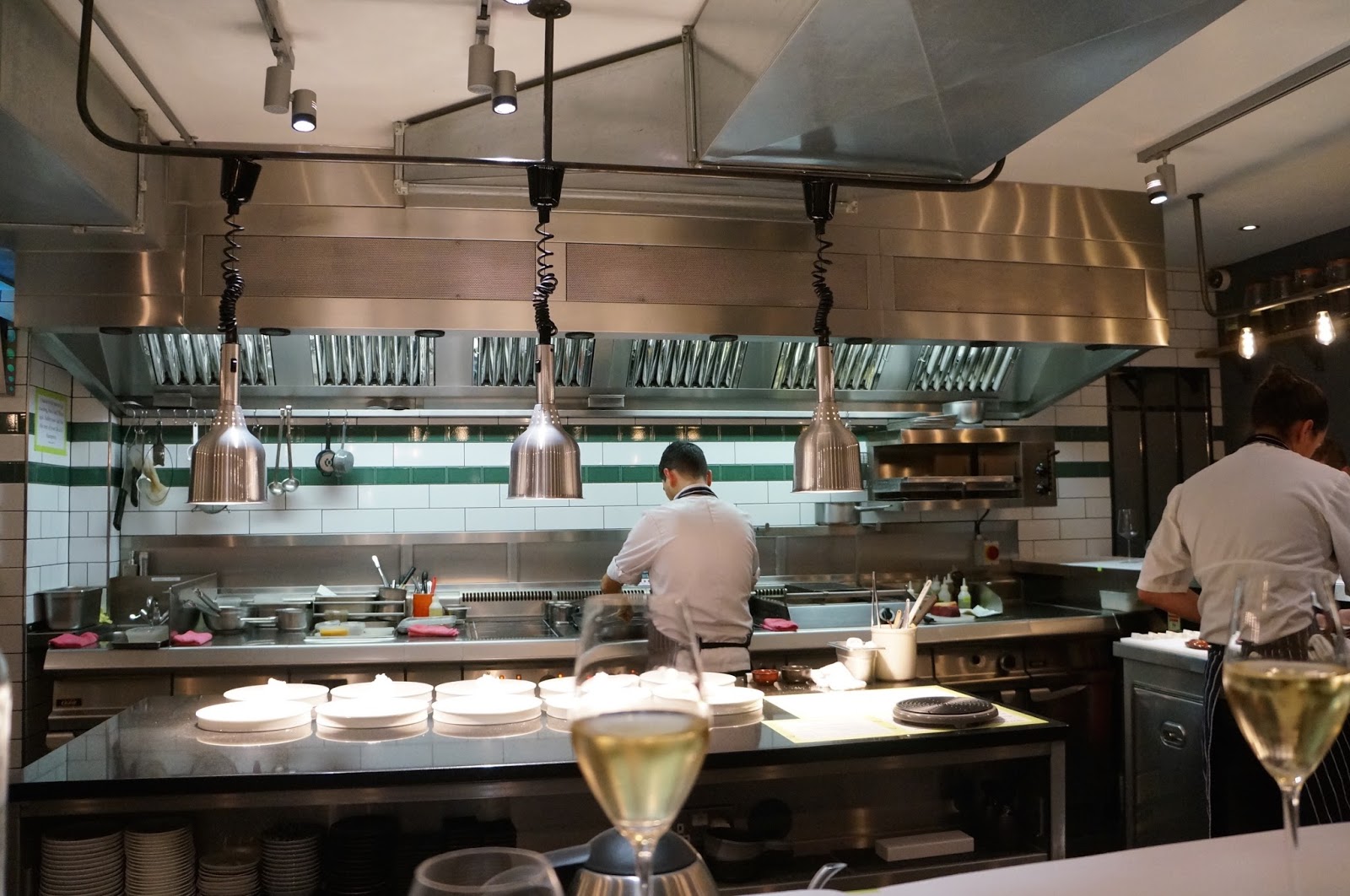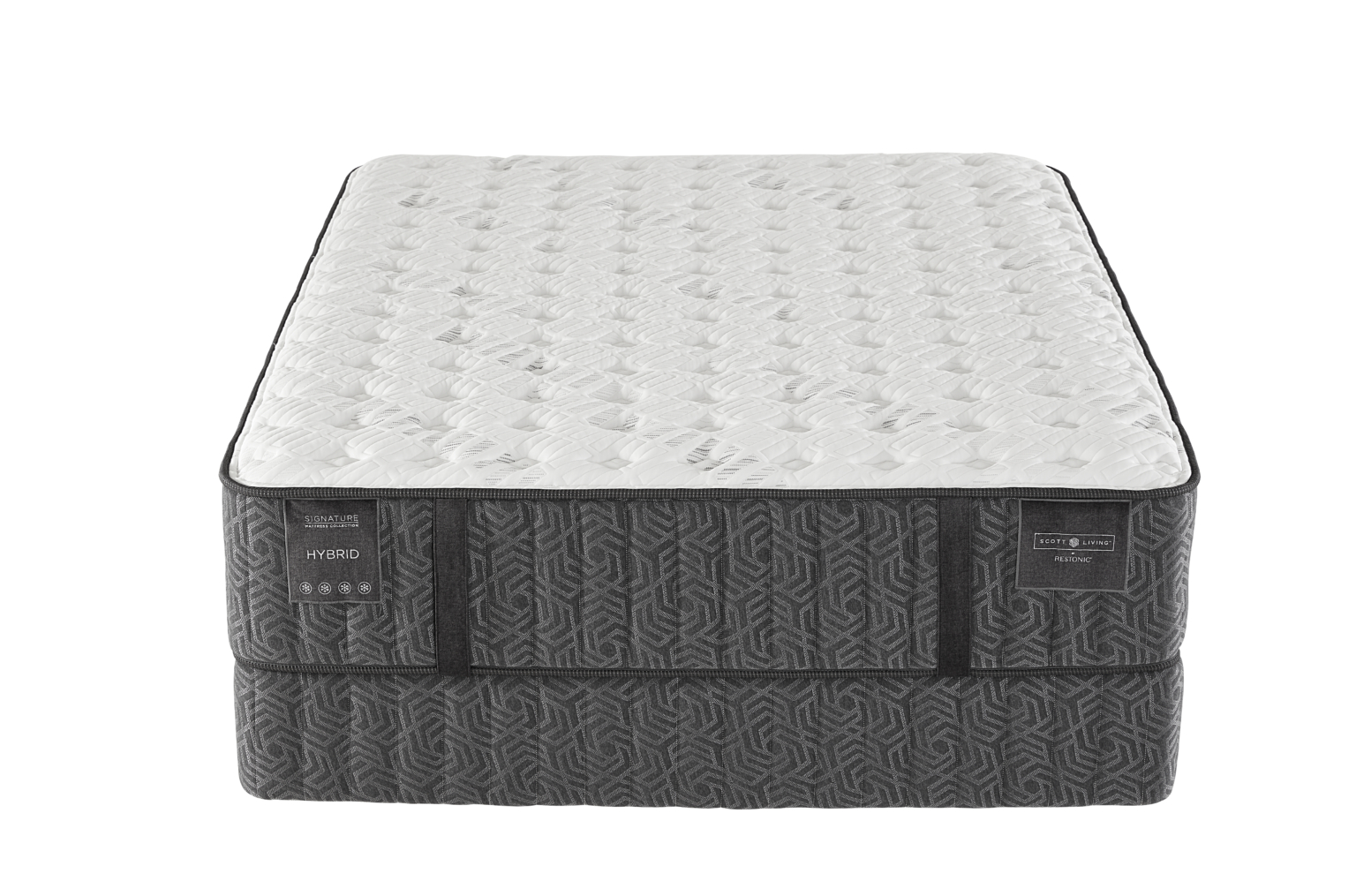One of the main characteristics of a good commercial kitchen design is efficiency. This means that the layout and organization of the kitchen should be optimized to make the most of the available space and resources. Efficient kitchen design minimizes wasted movement and time, allowing for faster and smoother food preparation and service.Efficiency
In addition to efficiency, a good commercial kitchen design should also prioritize functionality. This means that the kitchen should be designed to meet the specific needs of the business, taking into consideration the type of food being prepared, the size of the establishment, and the number of staff members. Functional kitchen design maximizes productivity and helps to create a smooth and organized work environment.Functionality
The safety of both the staff and customers is of utmost importance in a commercial kitchen. A good design should incorporate safety measures such as proper ventilation and fire prevention, as well as ergonomic design that reduces the risk of accidents and injuries. This not only protects the well-being of those working in the kitchen, but also ensures that food is prepared in a safe and hygienic environment.Safety
A good commercial kitchen design should also have flexibility in mind. This means that the layout and equipment should be able to adapt to changes in the menu, business needs, and even the size of the staff. Flexible designs allow for a smooth transition when making adjustments and can help minimize disruptions in operations.Flexibility
Sanitation is crucial in a commercial kitchen to maintain food safety and prevent contamination. A good design should incorporate sanitation measures such as separate areas for raw and cooked food, easy-to-clean surfaces, and proper drainage to prevent the buildup of bacteria. Sanitary kitchen design is essential for maintaining the quality and safety of the food being prepared.Sanitation
Accessibility is another important characteristic of a good commercial kitchen design. The layout should be designed in a way that makes it easy for staff members to reach essential equipment and ingredients, reducing the risk of accidents and making the work process more efficient. This also ensures that the kitchen is accessible for all staff members, regardless of their height or physical ability.Accessibility
The placement of equipment in a commercial kitchen can greatly impact its efficiency and functionality. A good design should consider the placement of equipment in relation to the workflow, making sure that everything is easily accessible and in the most logical location. This also helps to minimize wasted movement and streamlines the work process.Equipment Placement
The workflow in a commercial kitchen refers to the sequence of tasks involved in food preparation. A good design should take into account the workflow of the kitchen, ensuring that the layout and equipment are arranged in a way that facilitates a smooth and efficient workflow. This can help to reduce bottlenecks and delays, leading to faster and more efficient service.Workflow
Proper ventilation is essential in a commercial kitchen to remove excess heat, steam, and odors. A good design should incorporate ventilation systems that are designed to meet the specific needs of the kitchen and adhere to safety regulations. This not only creates a more comfortable working environment for staff, but also helps to maintain the quality and safety of the food being prepared.Ventilation
Lighting is an often overlooked but important aspect of a good commercial kitchen design. Adequate lighting is necessary for staff members to safely and accurately prepare food, as well as for customers to see and enjoy their meals. The right lighting can also contribute to the overall atmosphere and aesthetic of the kitchen, making it a more pleasant and efficient space to work in.Lighting
Efficiency and Flow are Key

Maximizing Space and Productivity
 One of the most important characteristics of a good commercial kitchen design is efficiency and flow. A well-designed kitchen should not only look aesthetically pleasing, but it should also be functional and practical. This means maximizing the use of space and creating a smooth flow between different work areas.
Efficient use of space
is crucial in a commercial kitchen, where every inch counts. The layout should be carefully planned to ensure that all equipment and workstations are strategically placed to minimize unnecessary movement and maximize productivity. This can include using space-saving equipment, such as multi-functional appliances, and clever storage solutions to keep the kitchen organized and clutter-free.
In addition to space efficiency, a good commercial kitchen design should also prioritize
workflow and productivity
. This involves creating a logical sequence of tasks, from food preparation to cooking and plating, to minimize time and effort. For example, the kitchen should be designed in a way that allows for easy movement between stations, with minimal cross-traffic and congestion.
One of the most important characteristics of a good commercial kitchen design is efficiency and flow. A well-designed kitchen should not only look aesthetically pleasing, but it should also be functional and practical. This means maximizing the use of space and creating a smooth flow between different work areas.
Efficient use of space
is crucial in a commercial kitchen, where every inch counts. The layout should be carefully planned to ensure that all equipment and workstations are strategically placed to minimize unnecessary movement and maximize productivity. This can include using space-saving equipment, such as multi-functional appliances, and clever storage solutions to keep the kitchen organized and clutter-free.
In addition to space efficiency, a good commercial kitchen design should also prioritize
workflow and productivity
. This involves creating a logical sequence of tasks, from food preparation to cooking and plating, to minimize time and effort. For example, the kitchen should be designed in a way that allows for easy movement between stations, with minimal cross-traffic and congestion.
Streamlined Processes and Ergonomic Design
 Efficiency and flow can also be achieved through
streamlined processes
and a
well-designed ergonomic layout
. This means considering the placement of equipment and workstations to reduce unnecessary movements and strain on the staff. For instance, placing the food storage area near the food prep station can save time and energy, while also reducing the risk of accidents.
Ergonomic design also involves considering the height of counters, shelves, and equipment to ensure that they are suitable for the staff's height and reach. This can prevent strain and fatigue, ultimately leading to a more productive and comfortable work environment.
Efficiency and flow can also be achieved through
streamlined processes
and a
well-designed ergonomic layout
. This means considering the placement of equipment and workstations to reduce unnecessary movements and strain on the staff. For instance, placing the food storage area near the food prep station can save time and energy, while also reducing the risk of accidents.
Ergonomic design also involves considering the height of counters, shelves, and equipment to ensure that they are suitable for the staff's height and reach. This can prevent strain and fatigue, ultimately leading to a more productive and comfortable work environment.
Efficient Ventilation and Safety Measures
 Lastly, a good commercial kitchen design should also prioritize
ventilation and safety
. The kitchen is a high-traffic area with a lot of heat, steam, and grease, which can be hazardous if not properly ventilated. A good ventilation system will not only keep the kitchen comfortable for staff but also prevent the buildup of harmful fumes and improve air quality.
Furthermore, safety measures should also be incorporated into the design, such as non-slip flooring and fire suppression systems, to ensure the well-being of staff and prevent accidents.
In conclusion, a good commercial kitchen design should prioritize efficiency and flow, streamlined processes, ergonomic design, and proper ventilation and safety measures. By considering these characteristics, a commercial kitchen can not only look beautiful but also function effectively, ultimately leading to a successful and profitable business.
Lastly, a good commercial kitchen design should also prioritize
ventilation and safety
. The kitchen is a high-traffic area with a lot of heat, steam, and grease, which can be hazardous if not properly ventilated. A good ventilation system will not only keep the kitchen comfortable for staff but also prevent the buildup of harmful fumes and improve air quality.
Furthermore, safety measures should also be incorporated into the design, such as non-slip flooring and fire suppression systems, to ensure the well-being of staff and prevent accidents.
In conclusion, a good commercial kitchen design should prioritize efficiency and flow, streamlined processes, ergonomic design, and proper ventilation and safety measures. By considering these characteristics, a commercial kitchen can not only look beautiful but also function effectively, ultimately leading to a successful and profitable business.




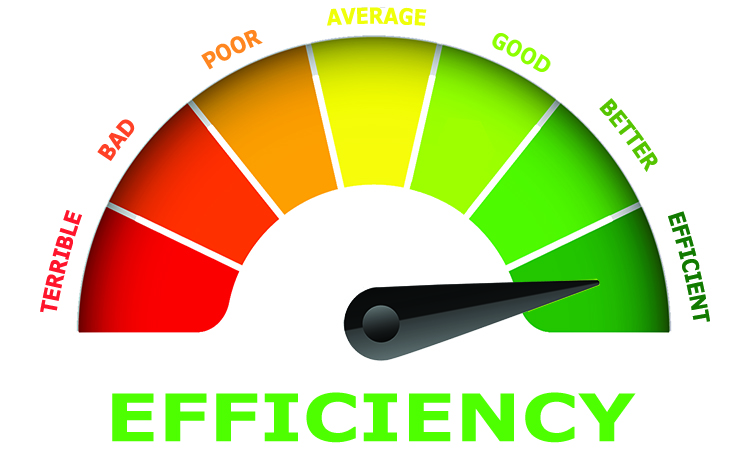

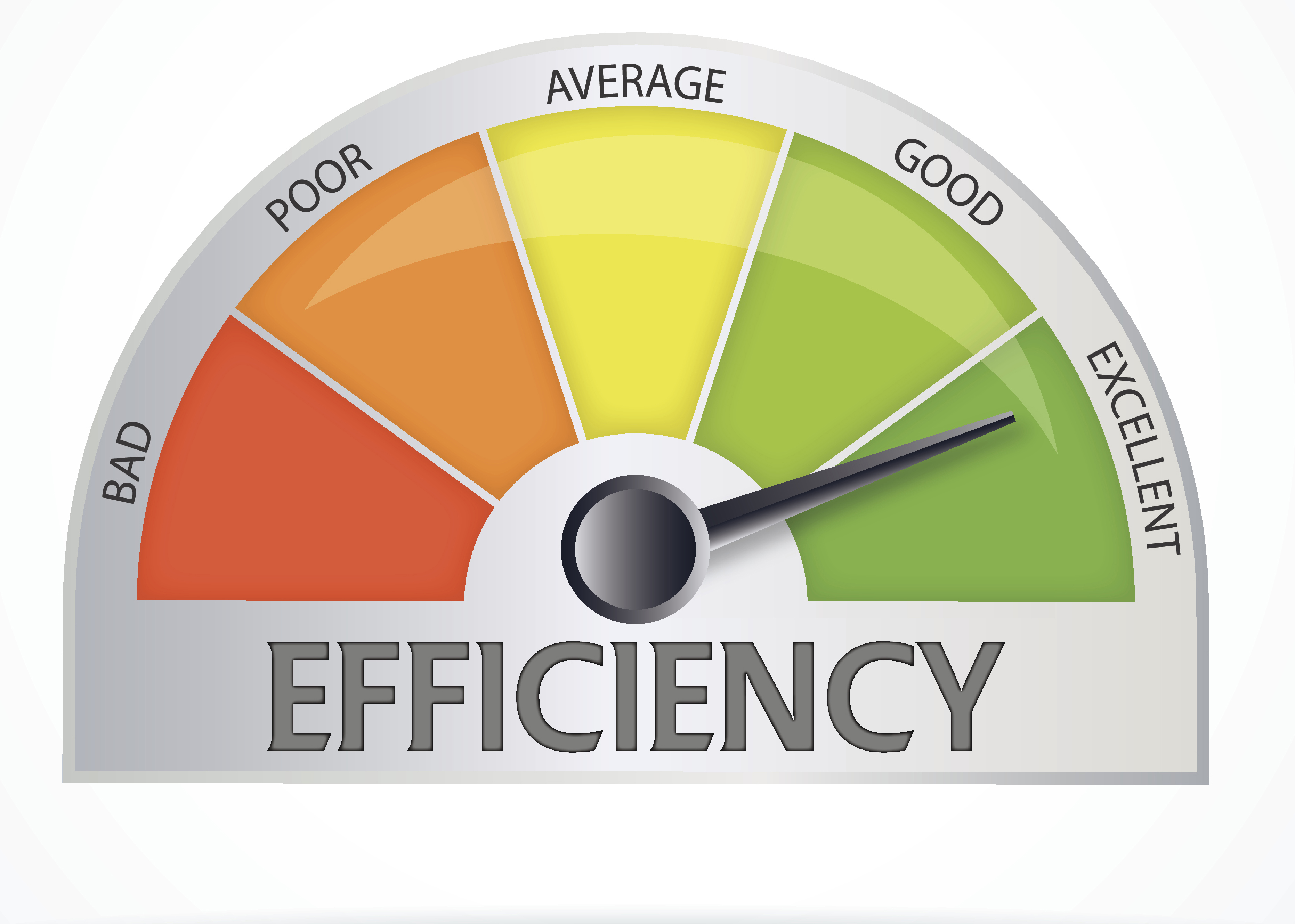


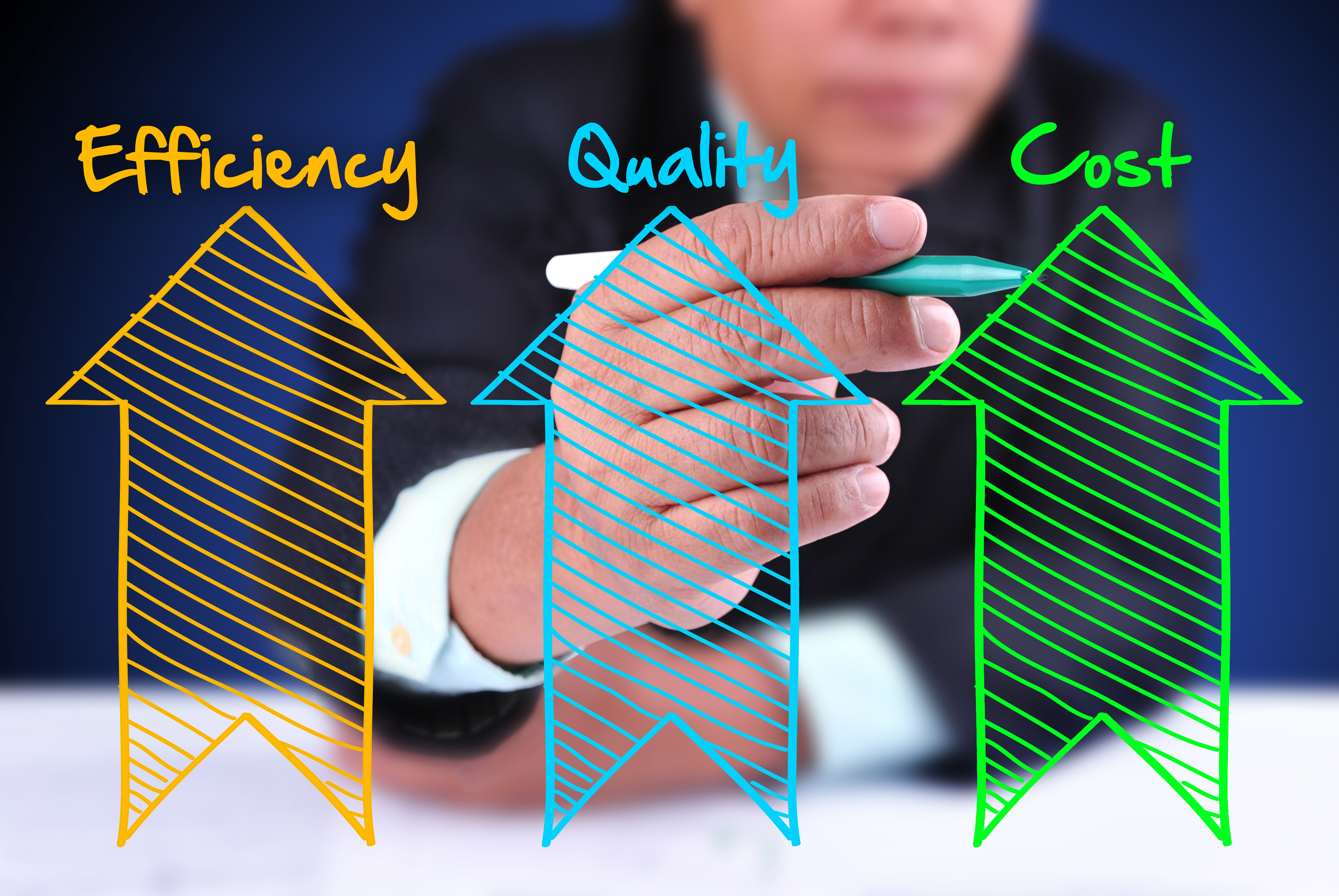




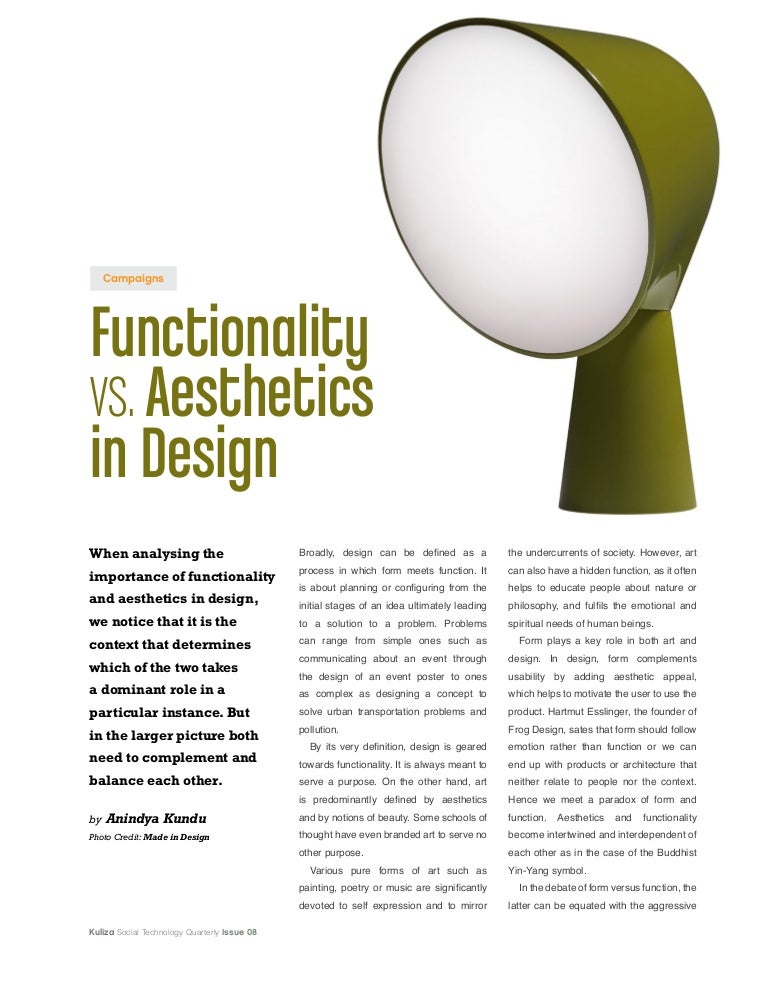




/182786404-56a9f6725f9b58b7d00038e0.jpg)


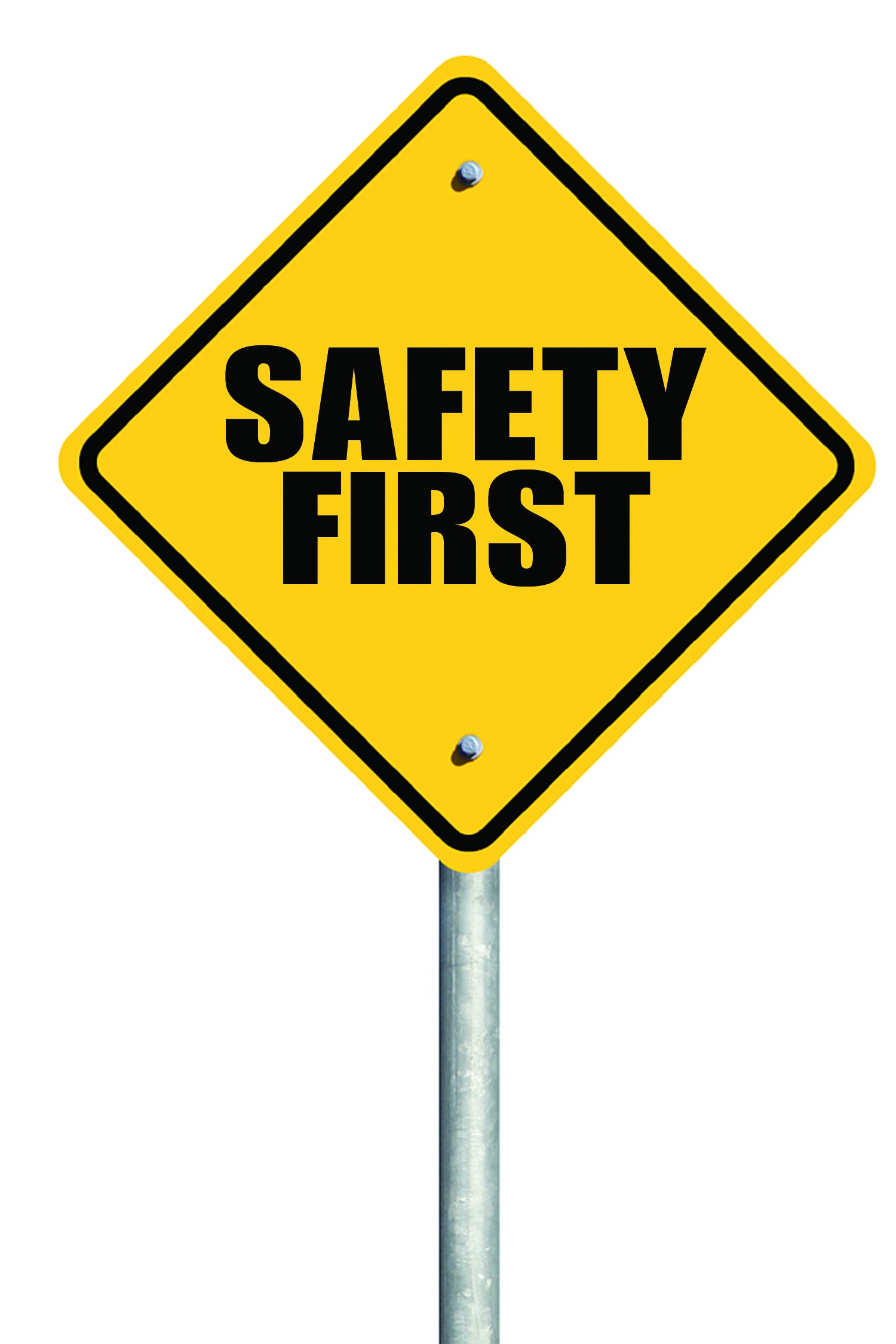
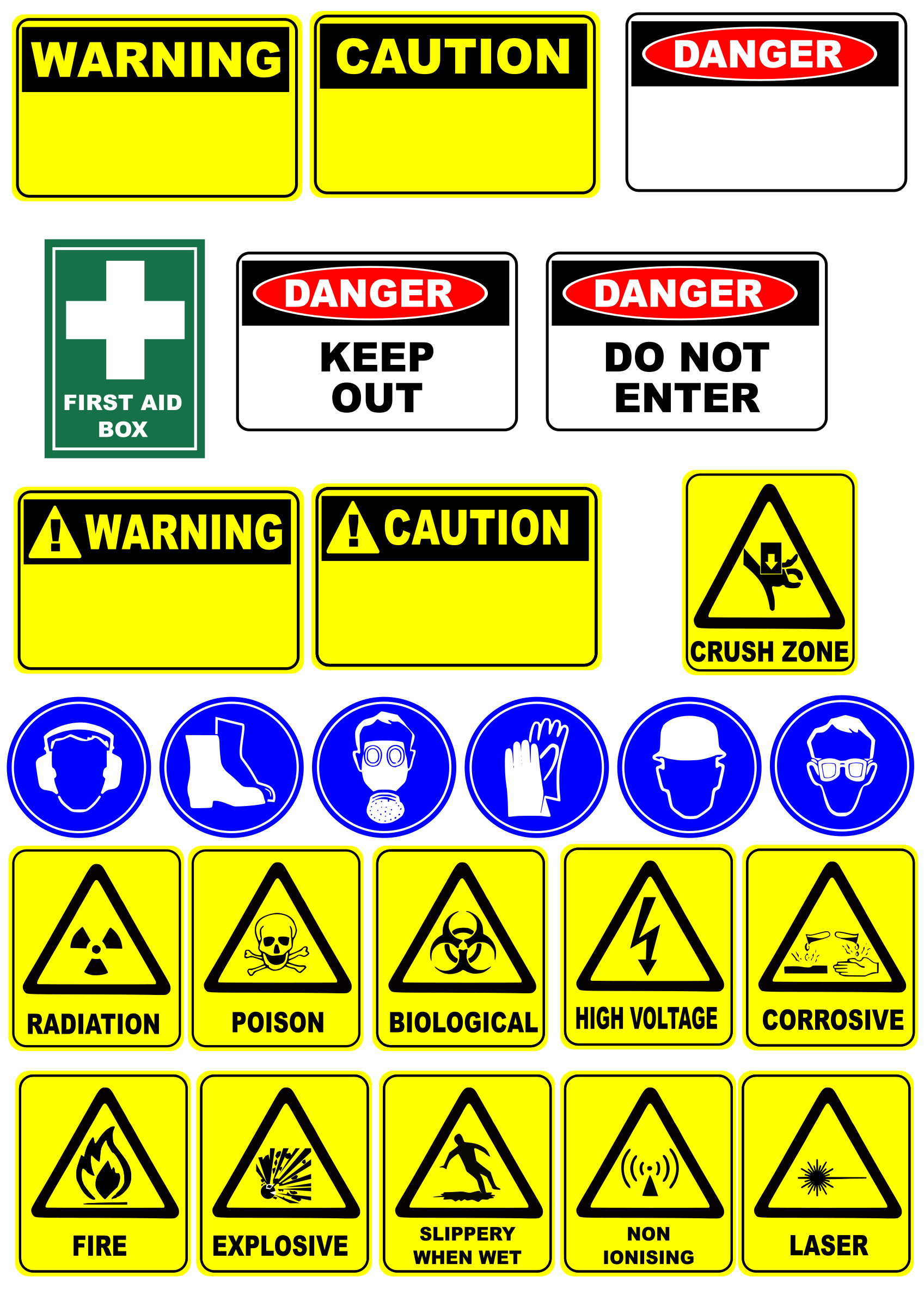

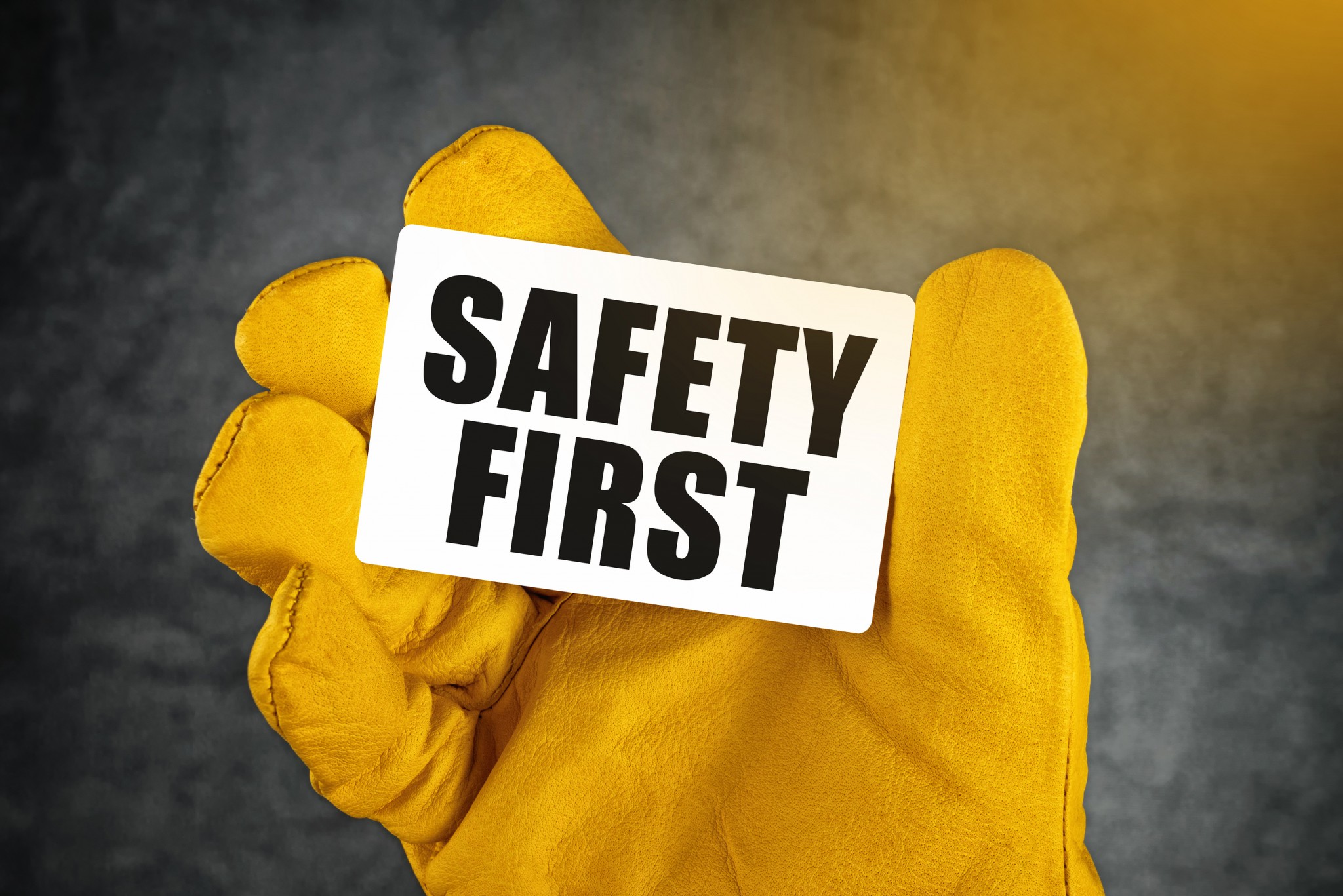








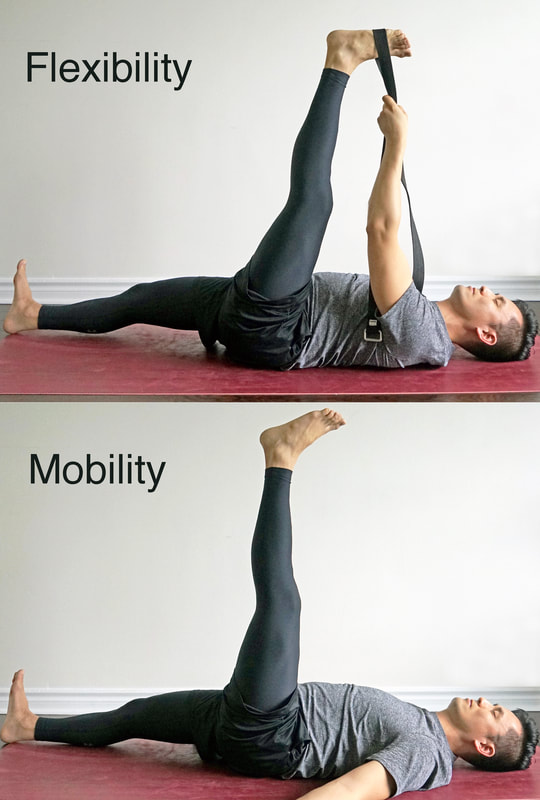



/GettyImages-536906989-566ef3c03df78ce161a406c4.jpg)








